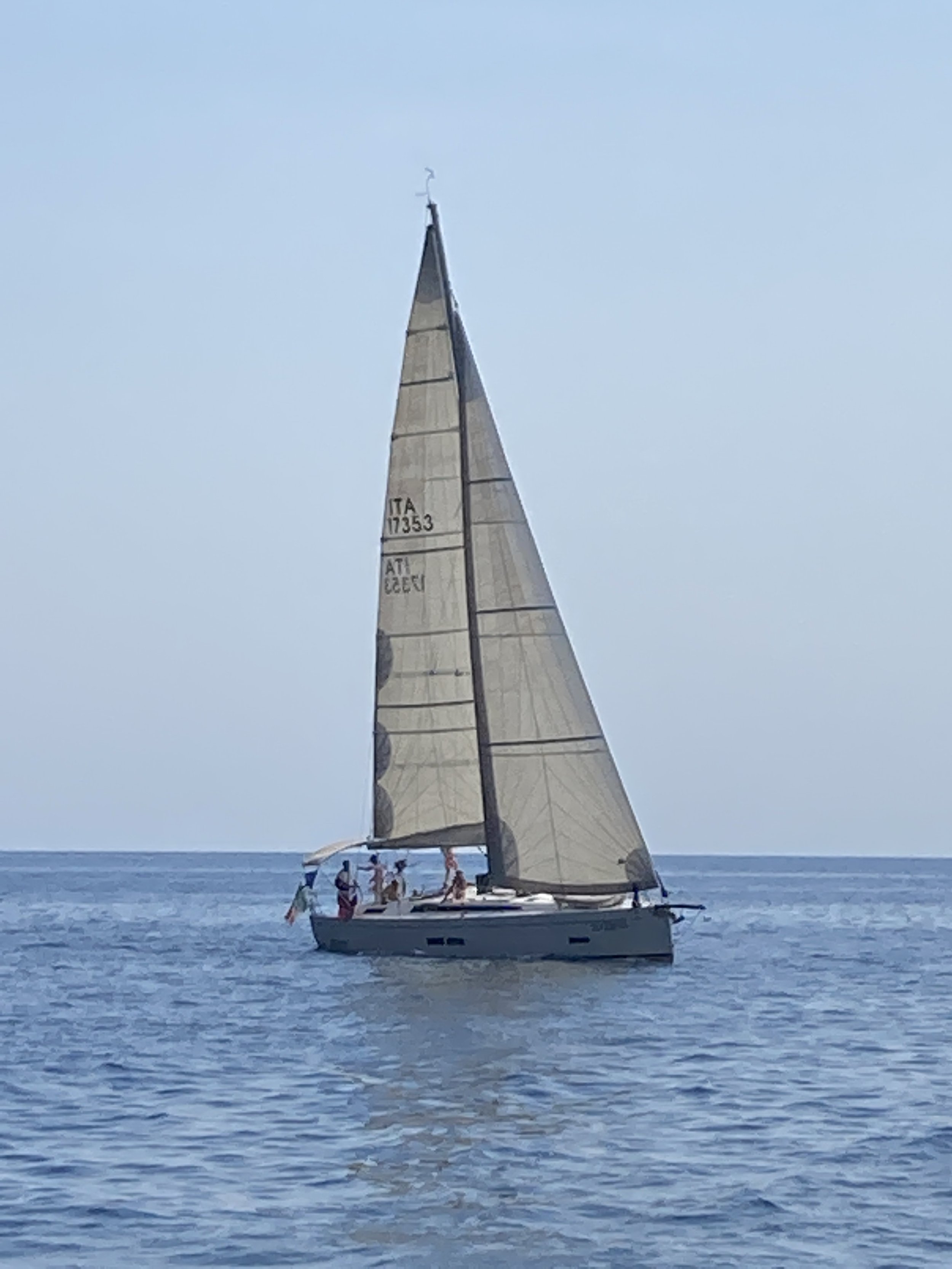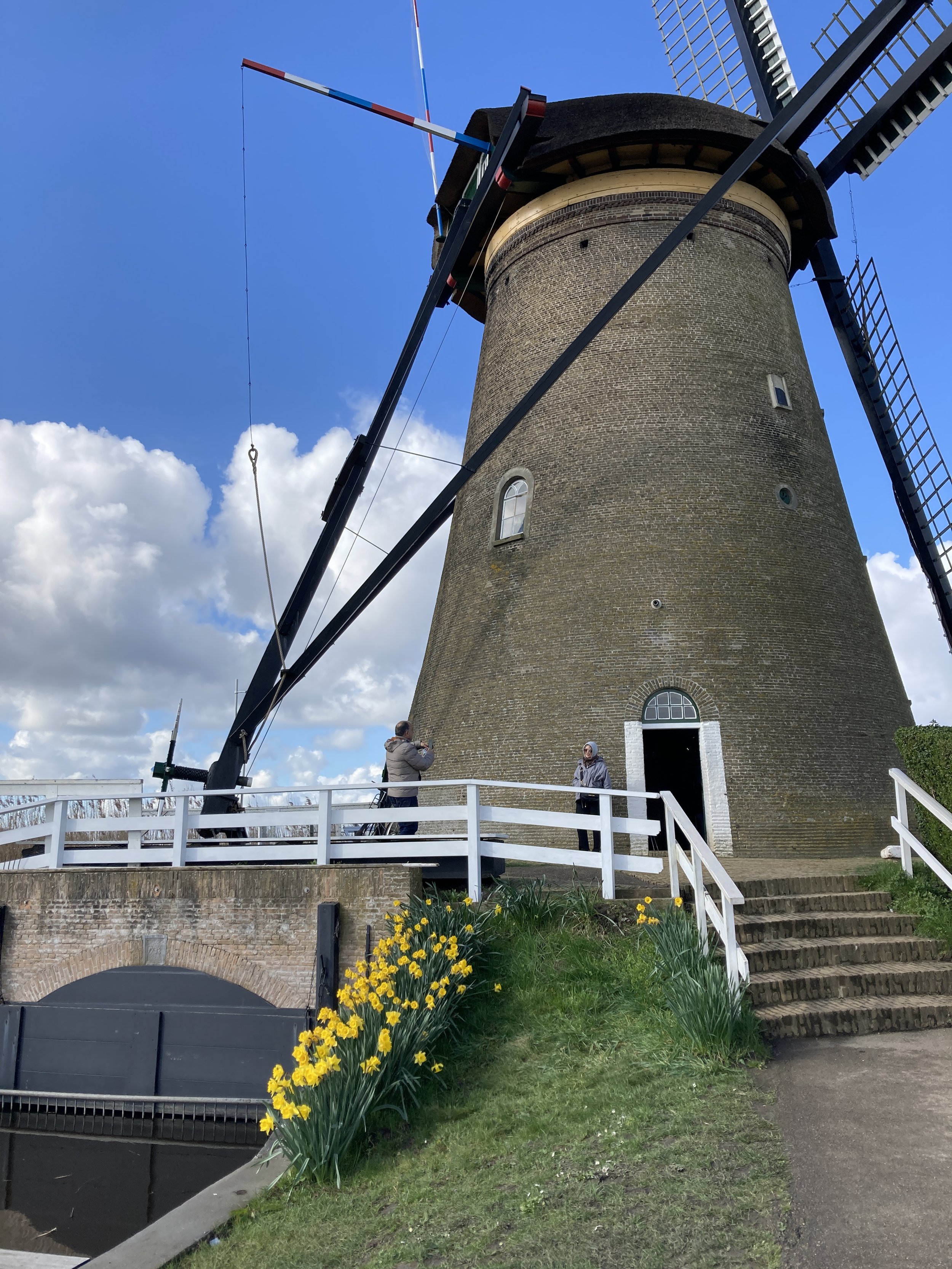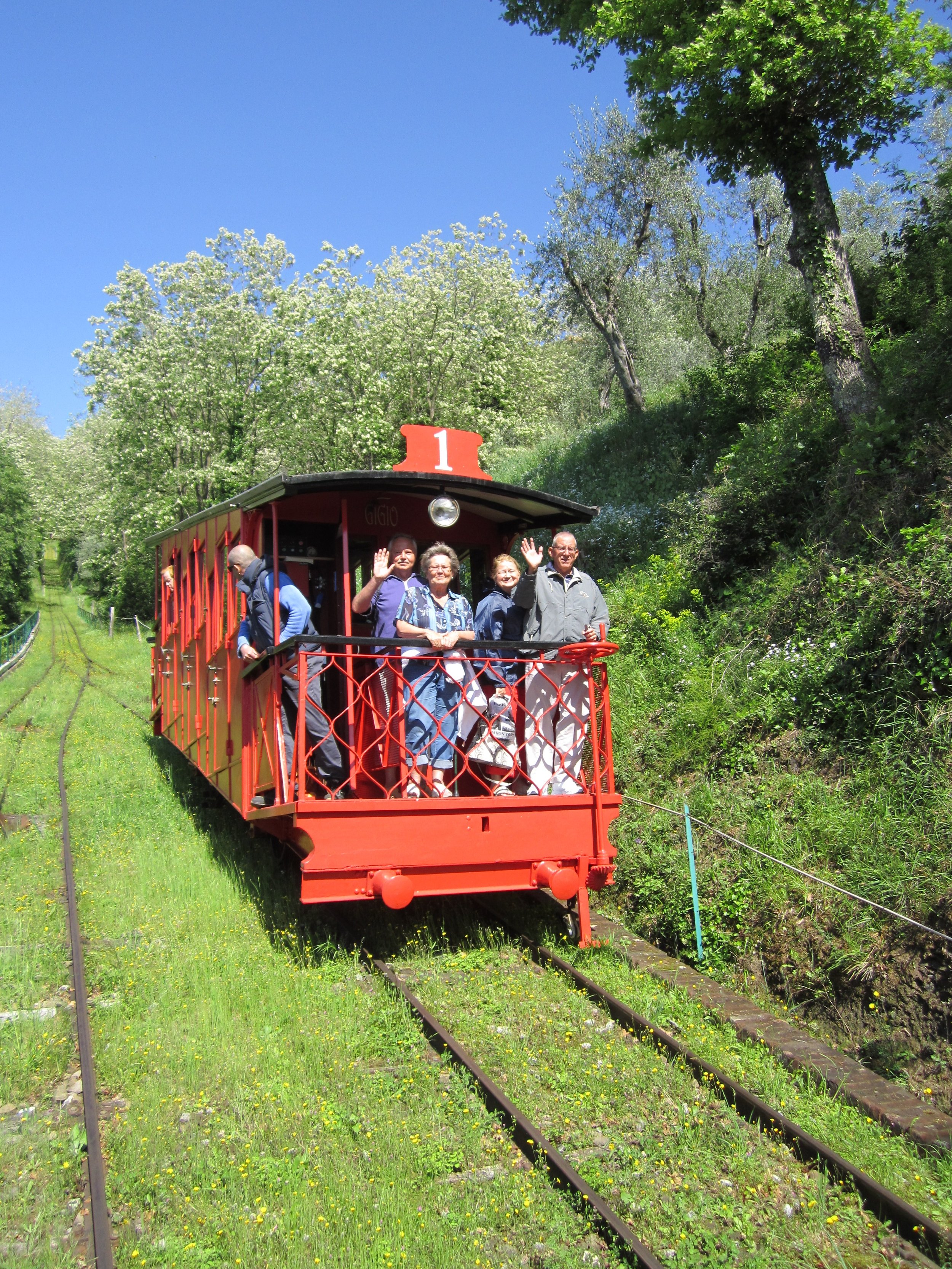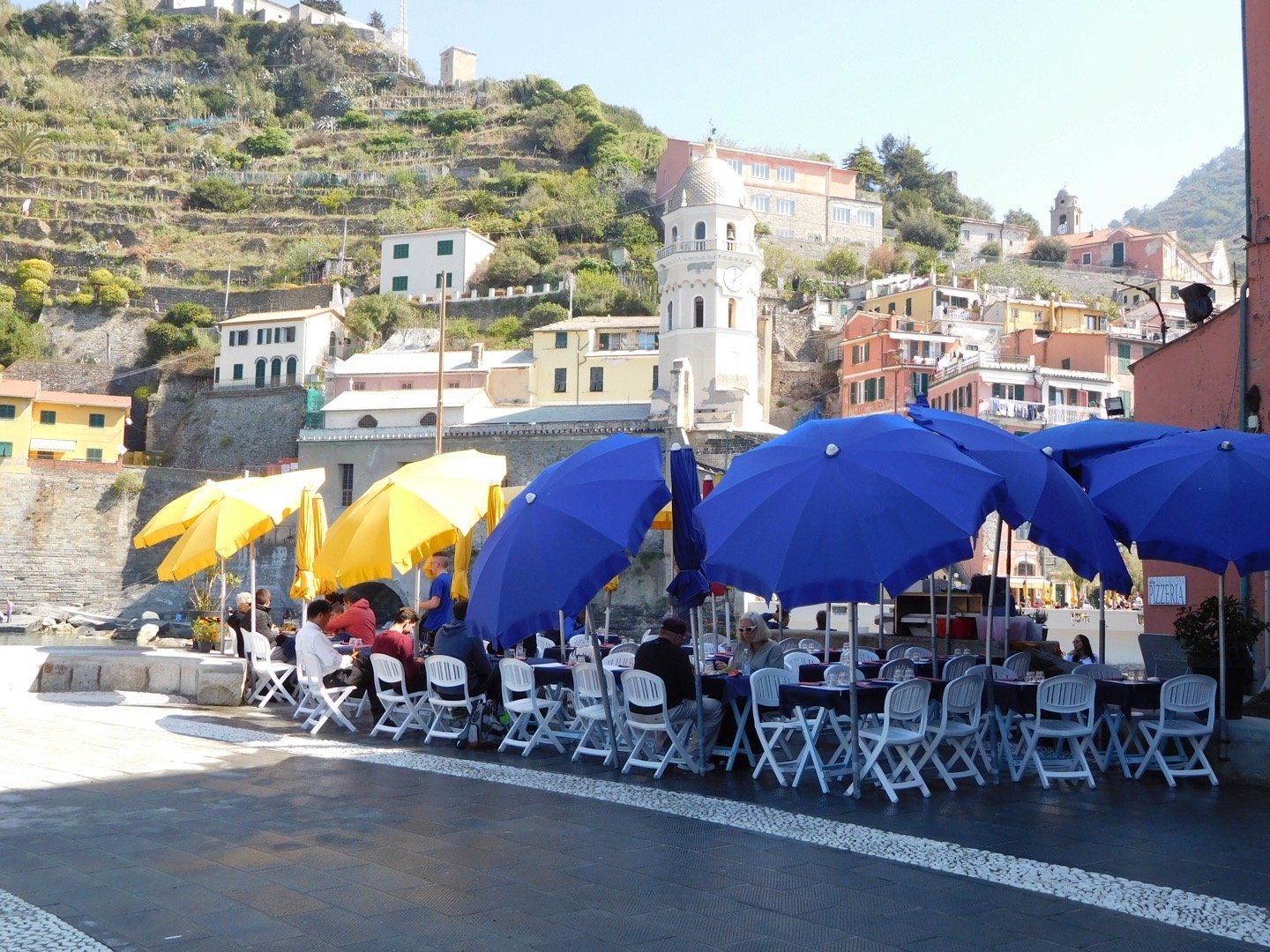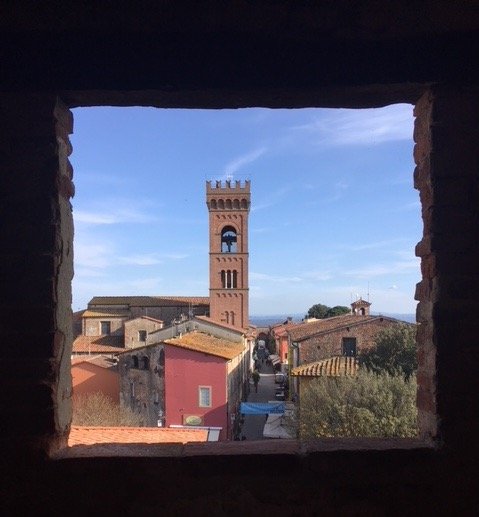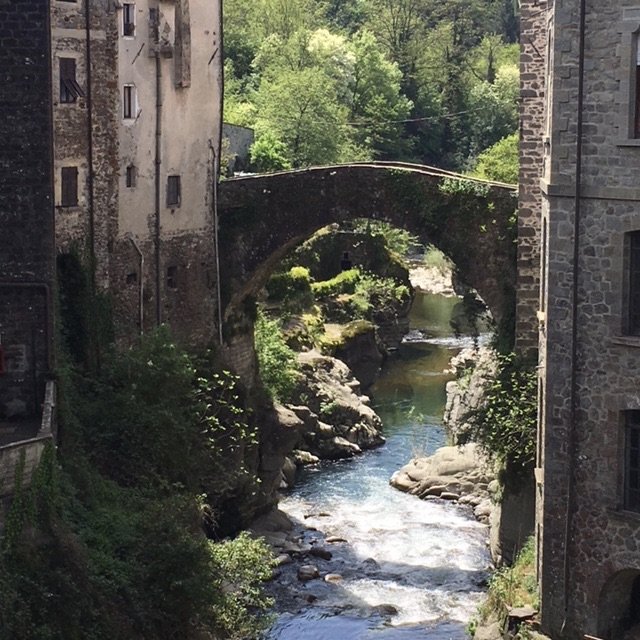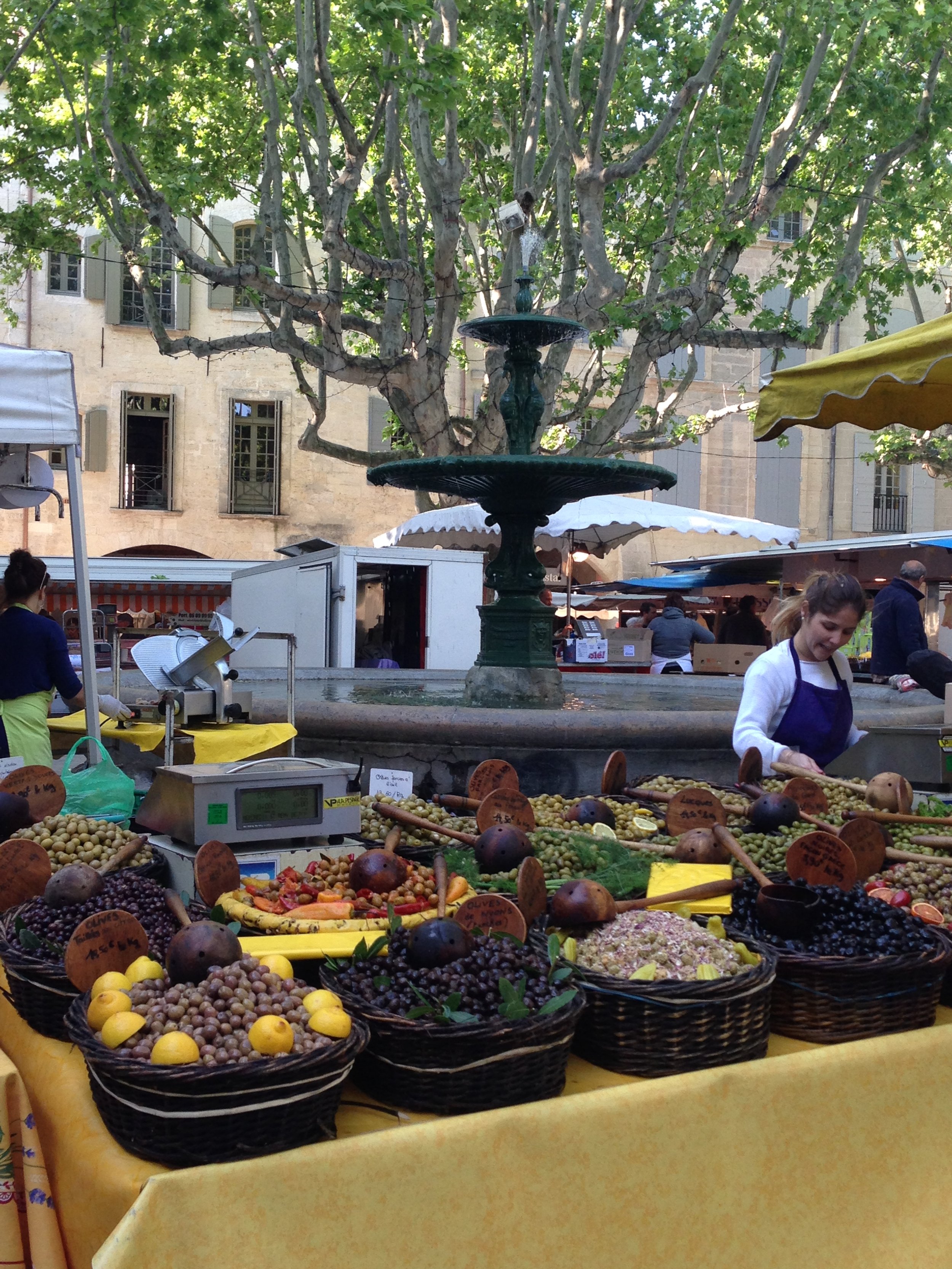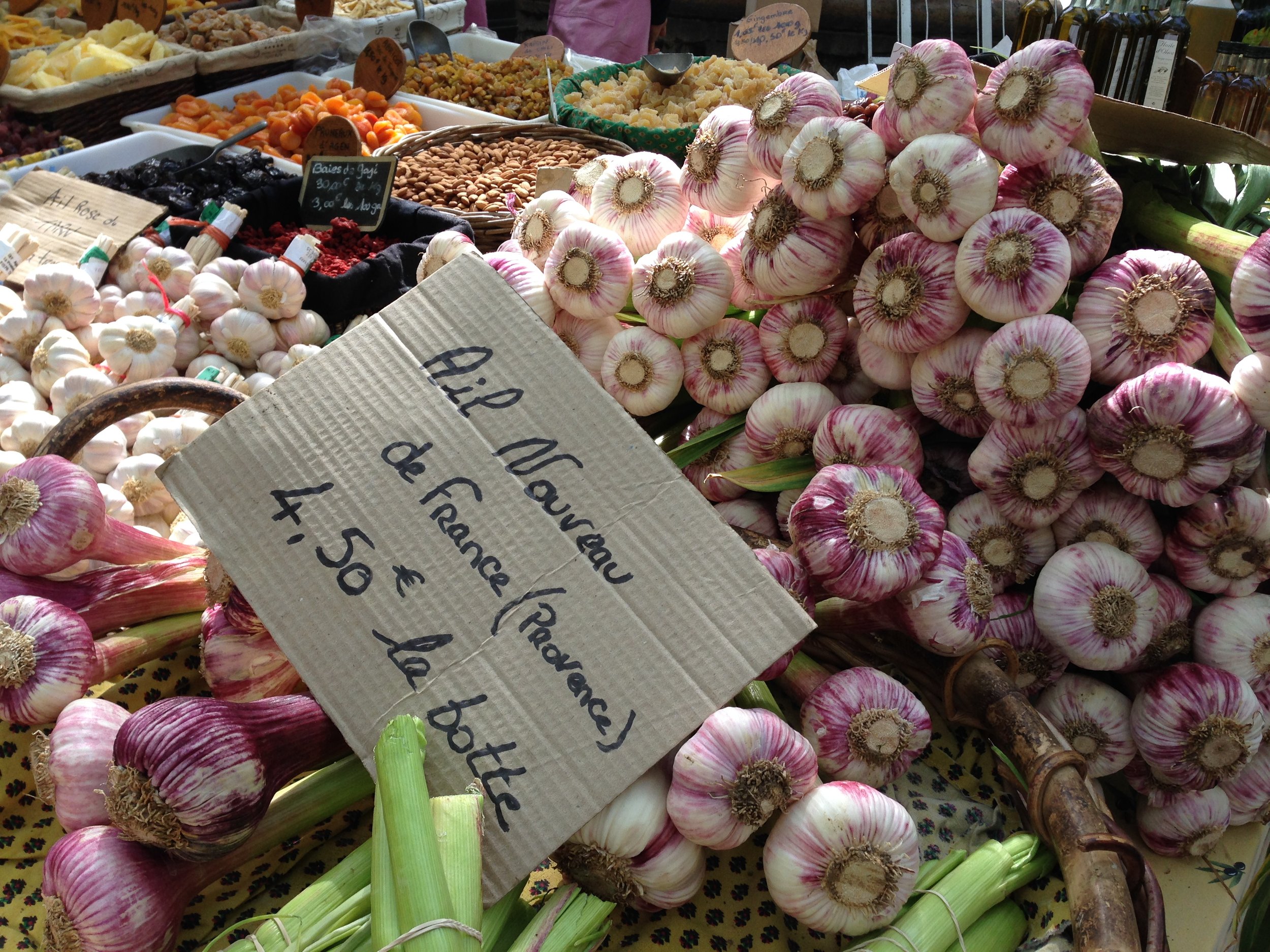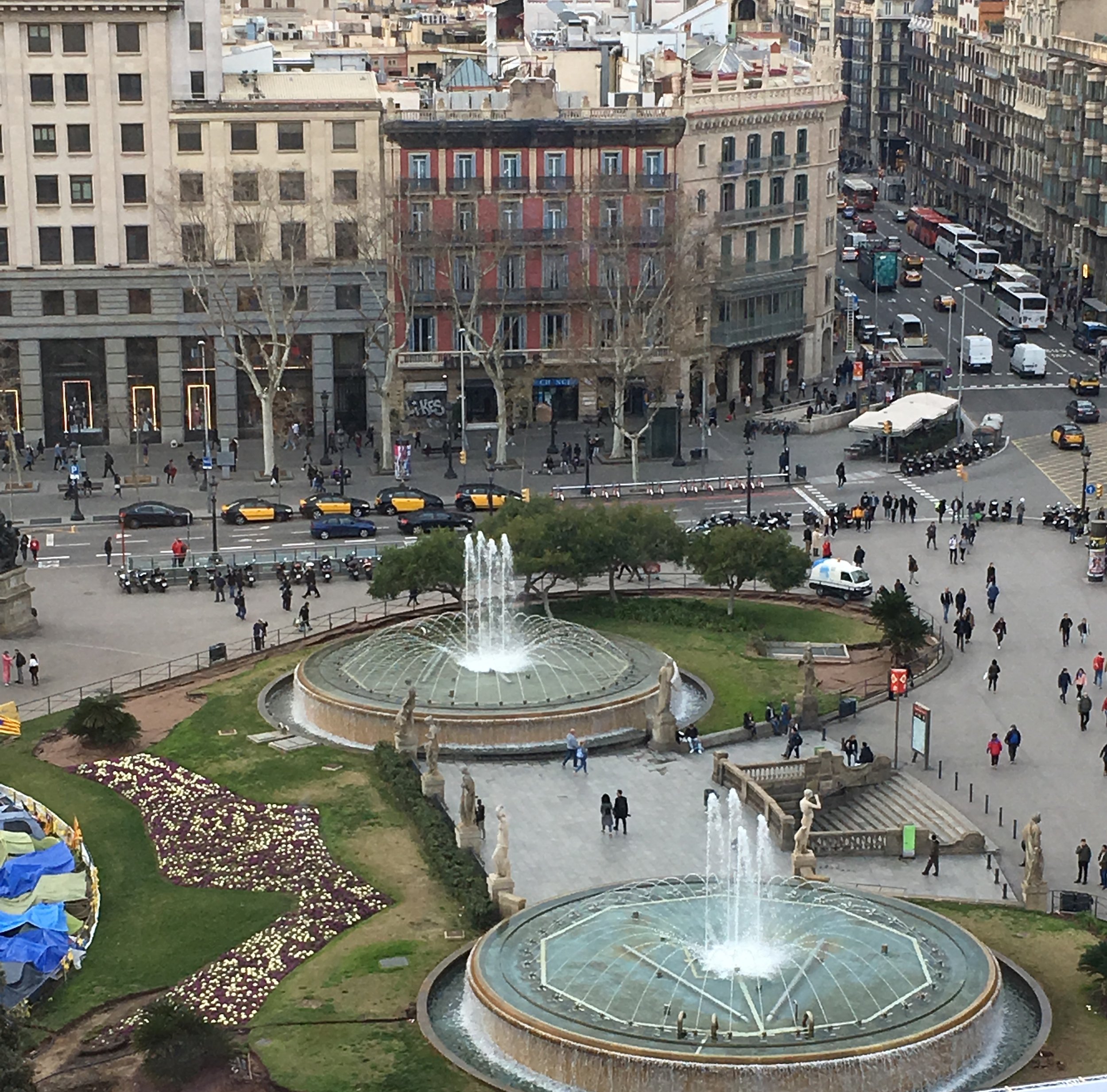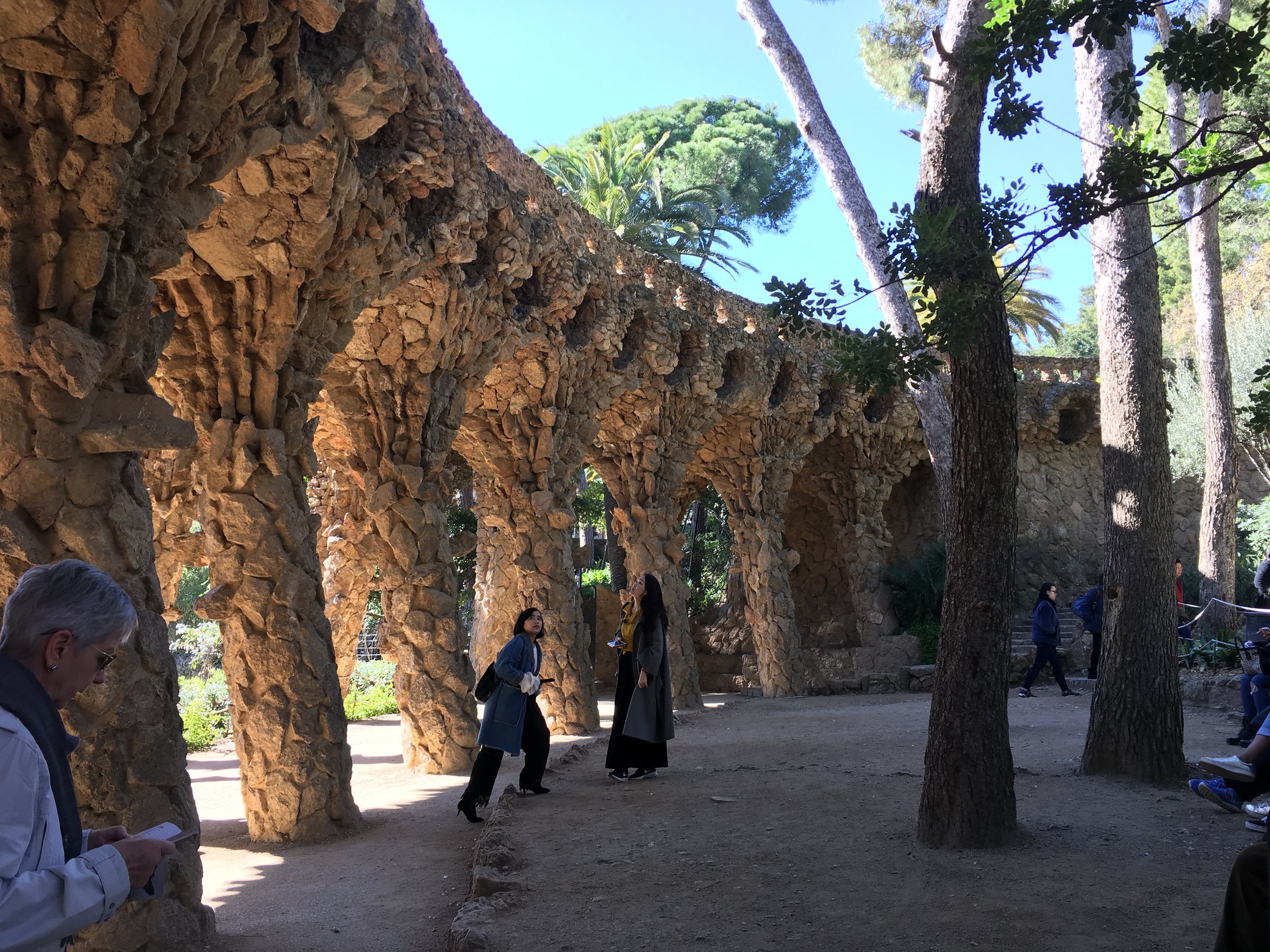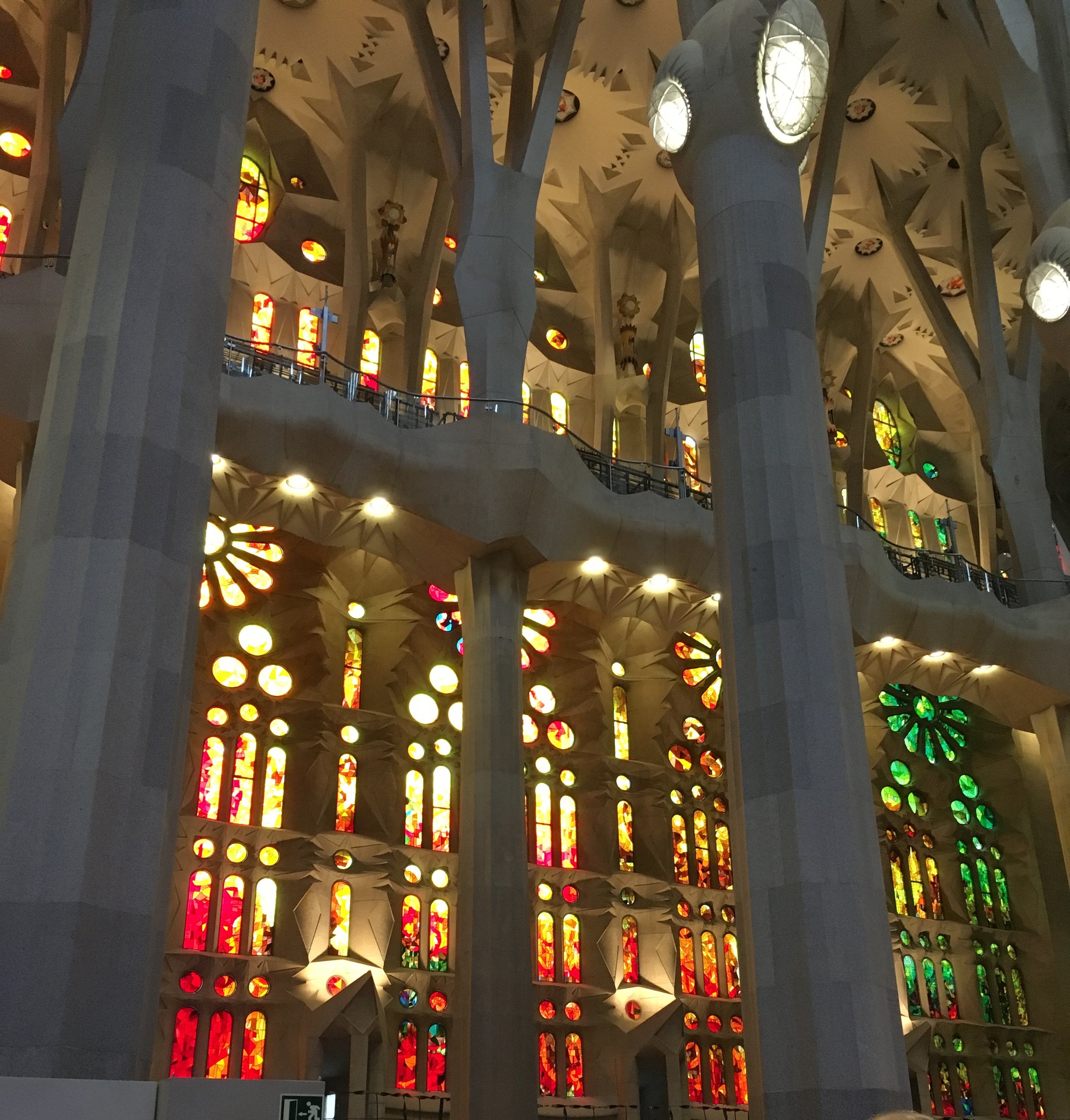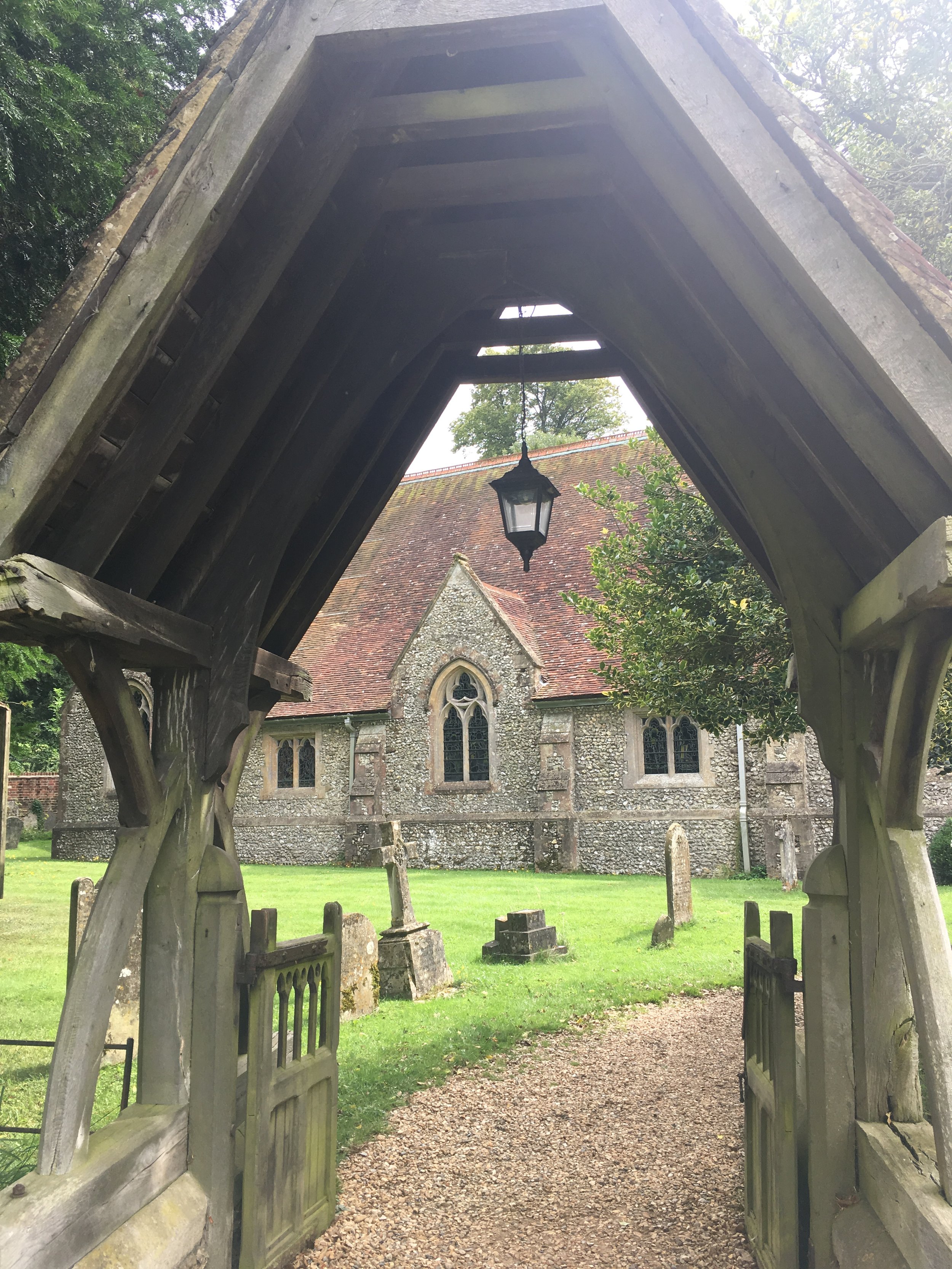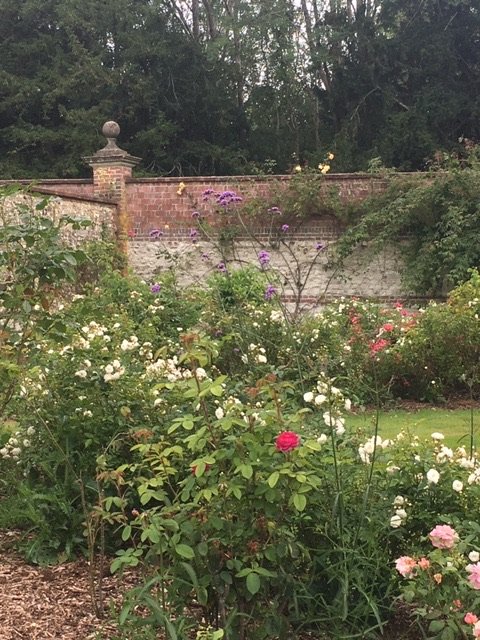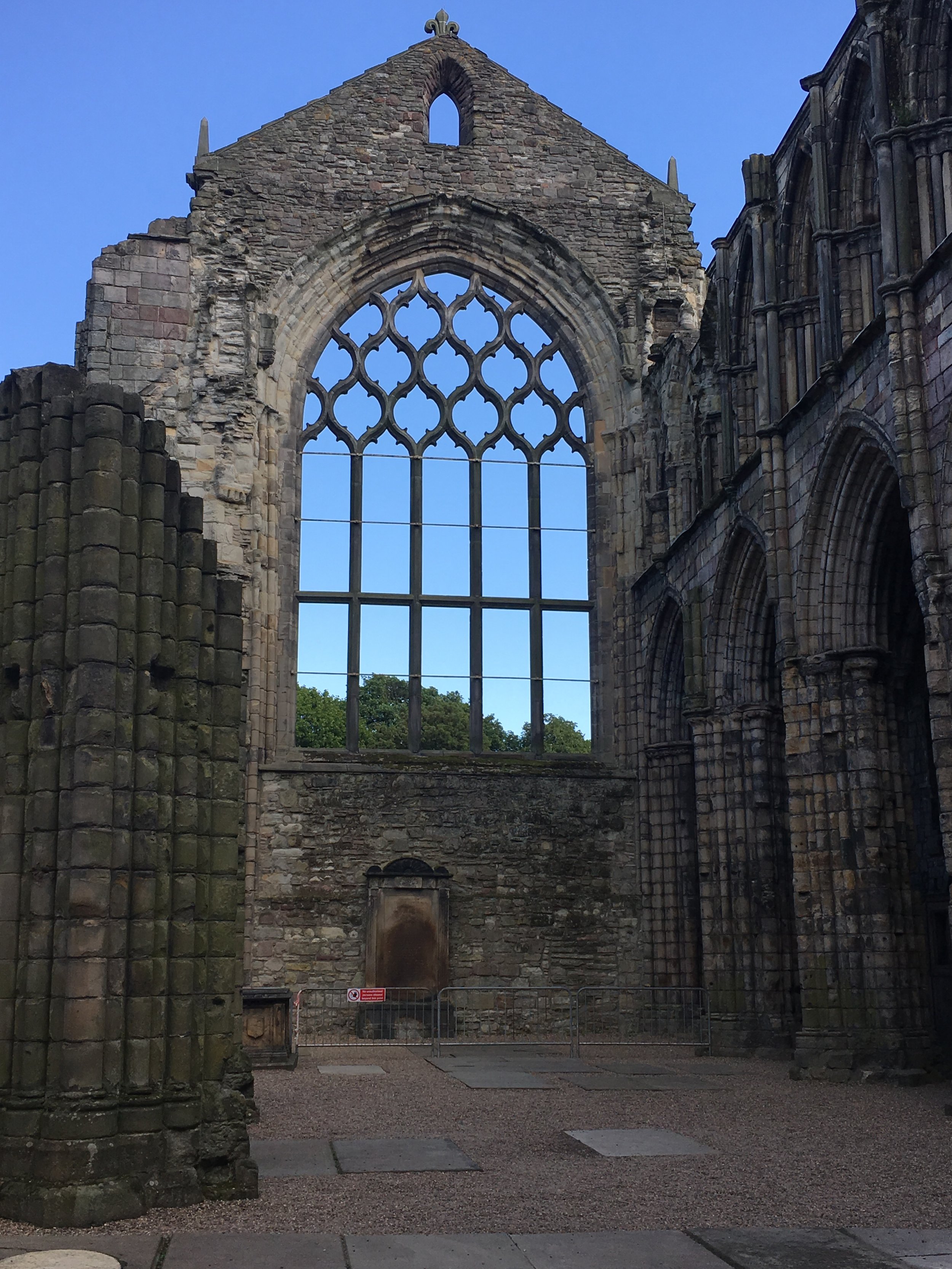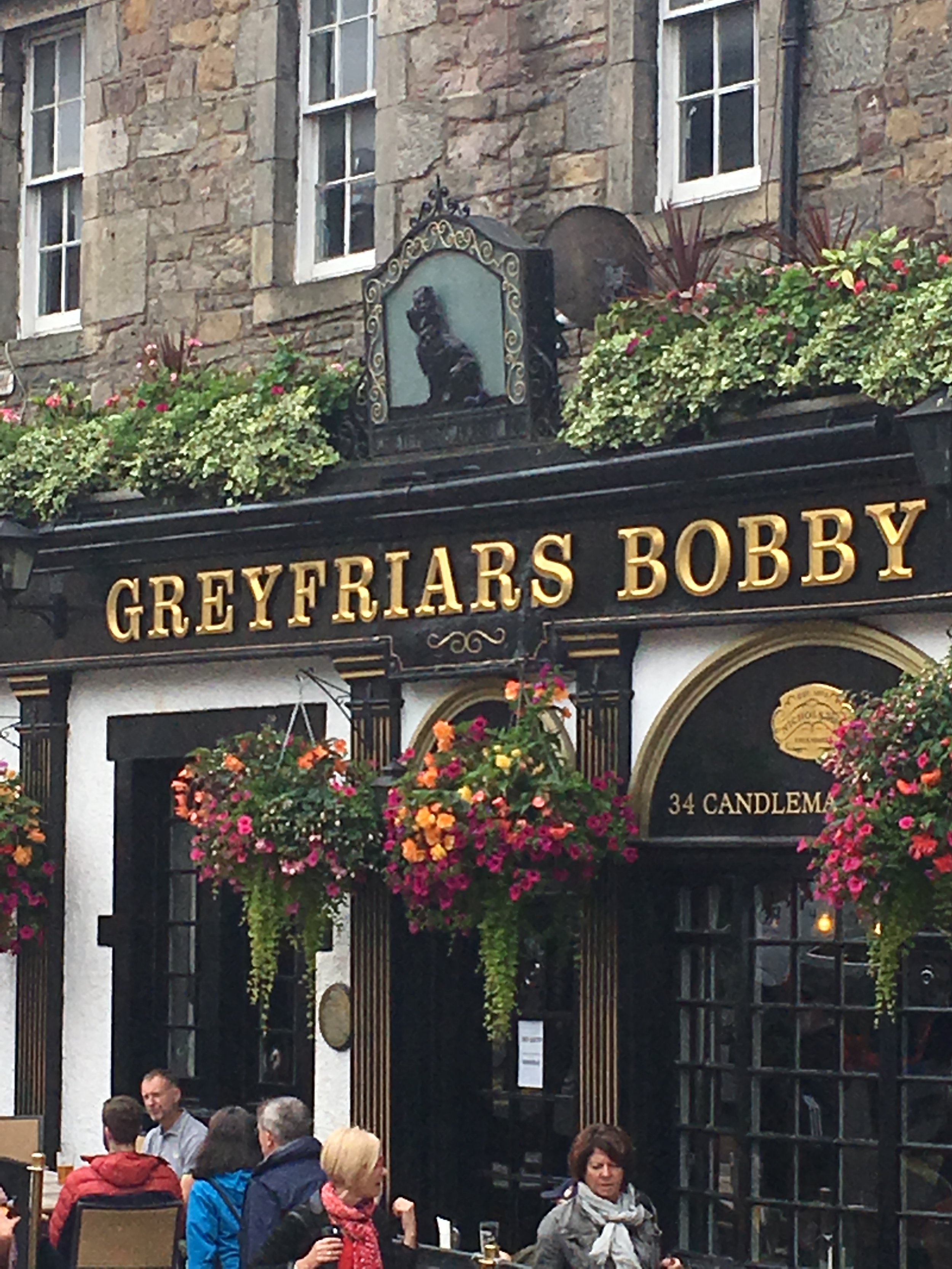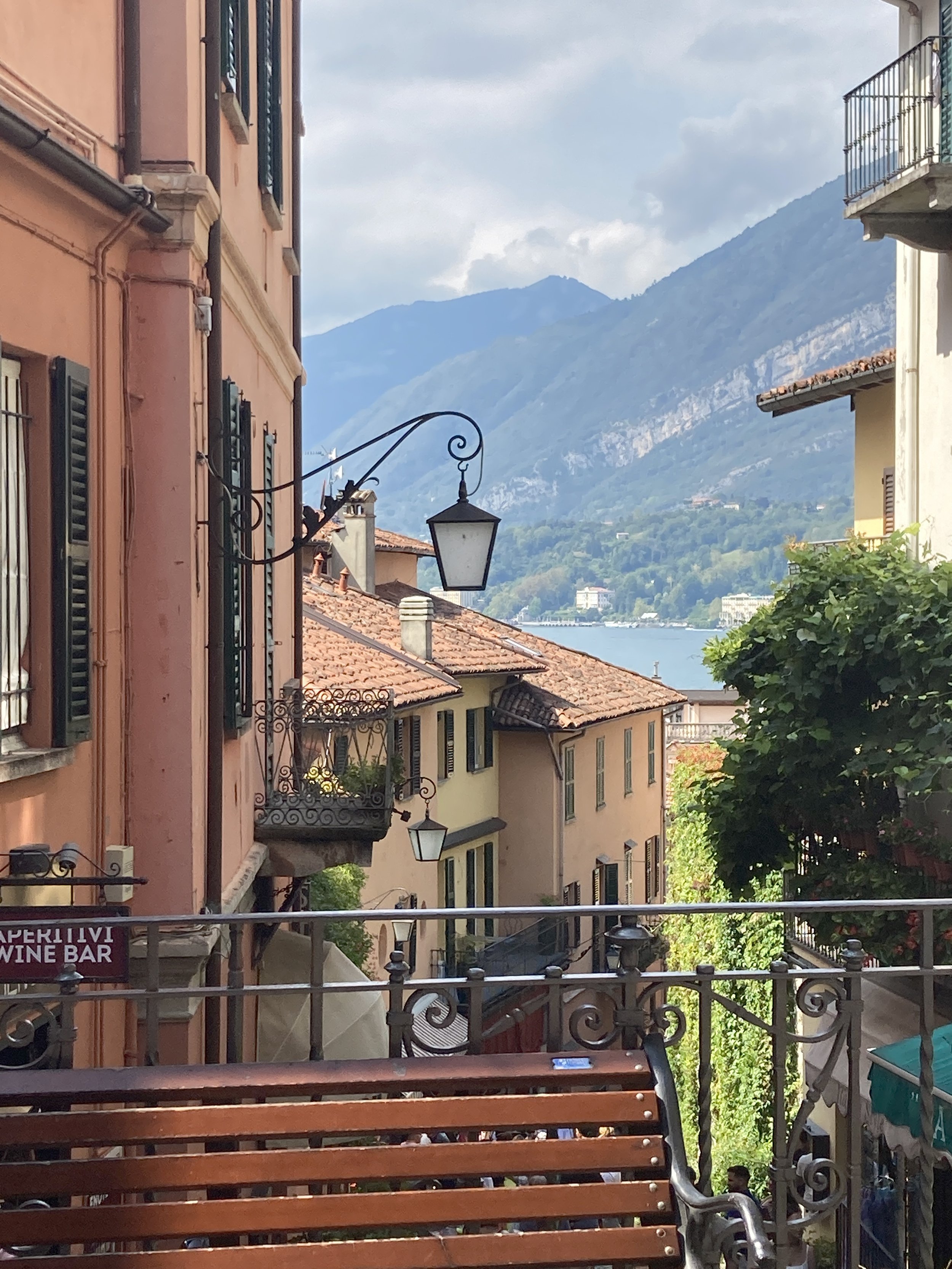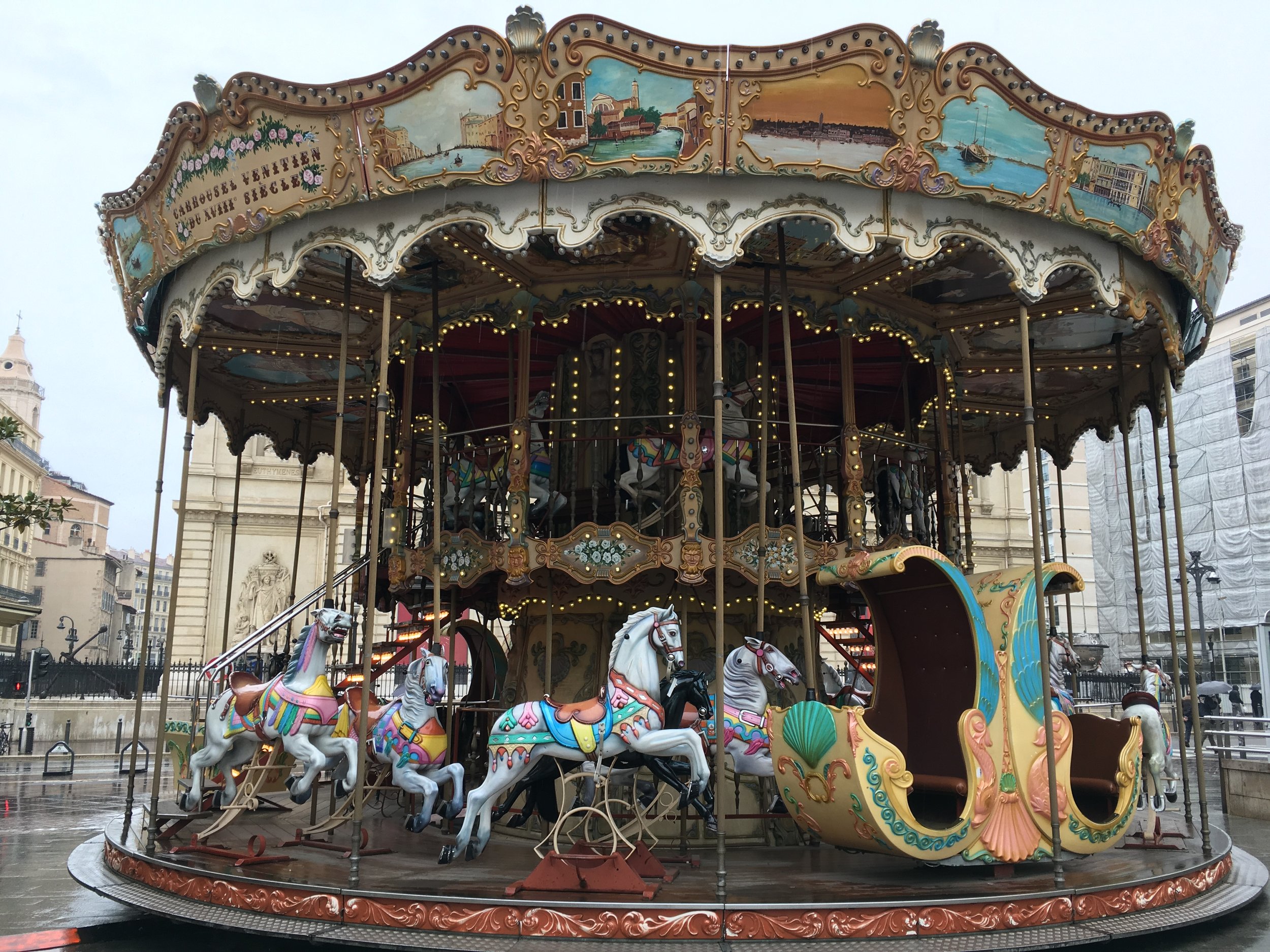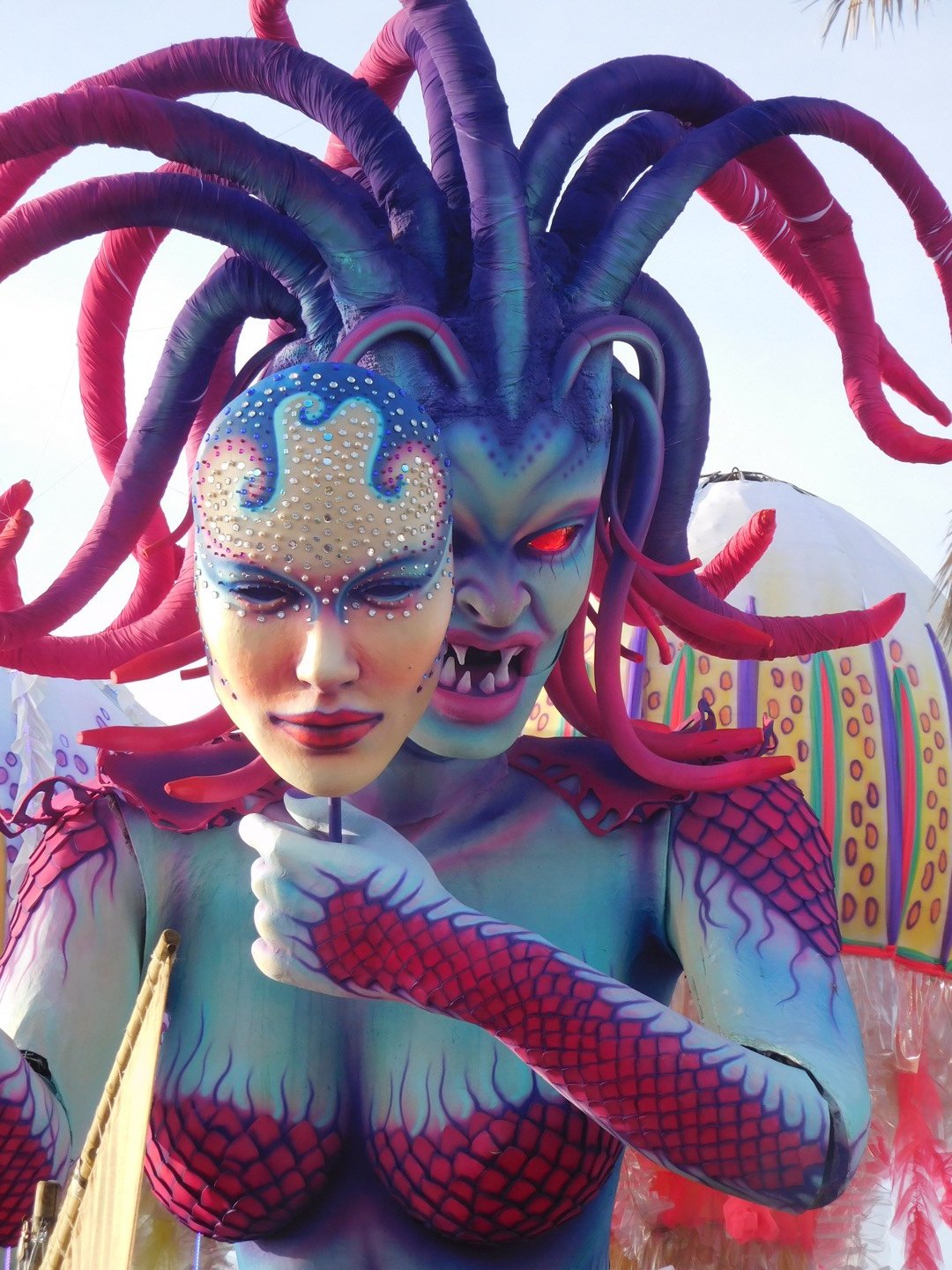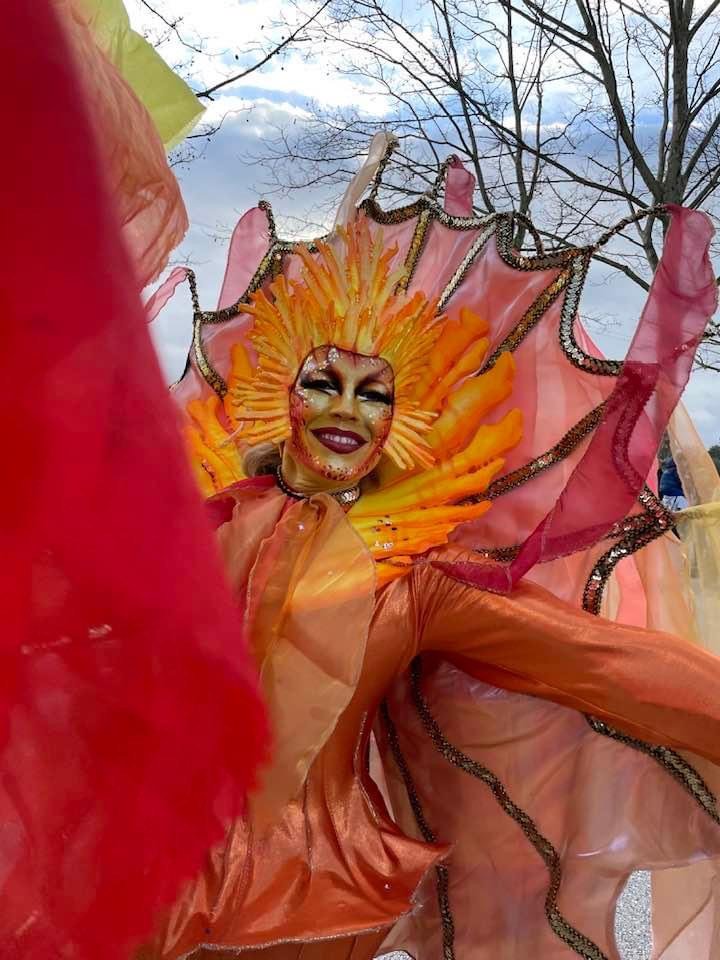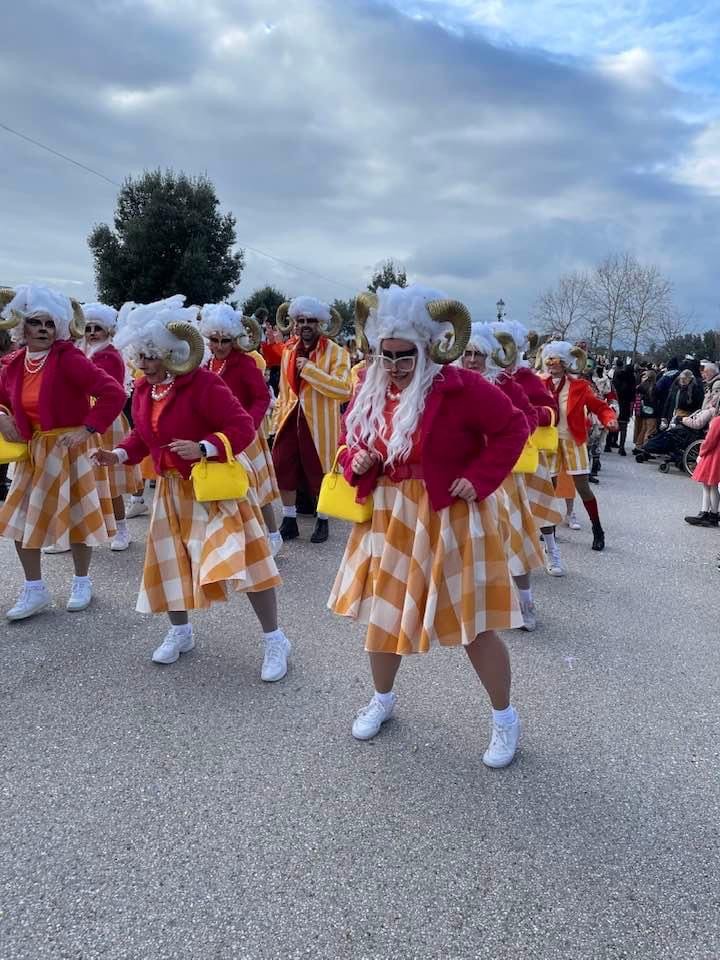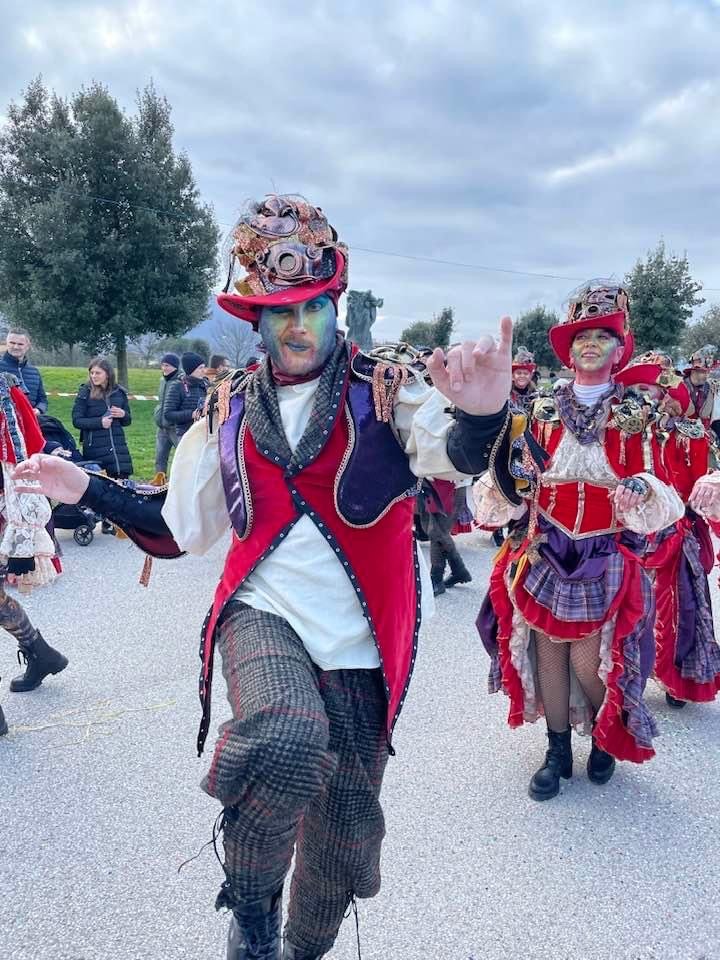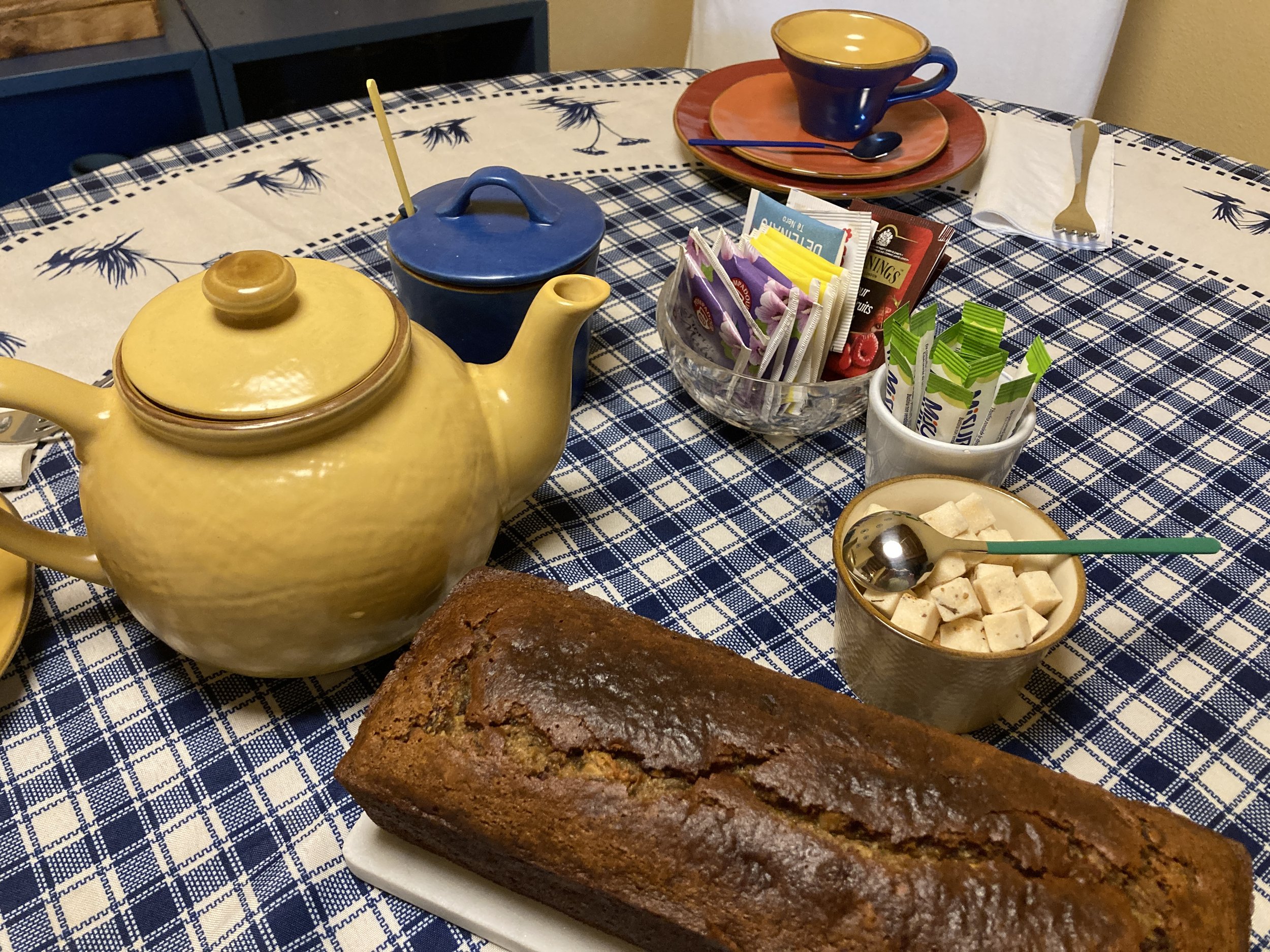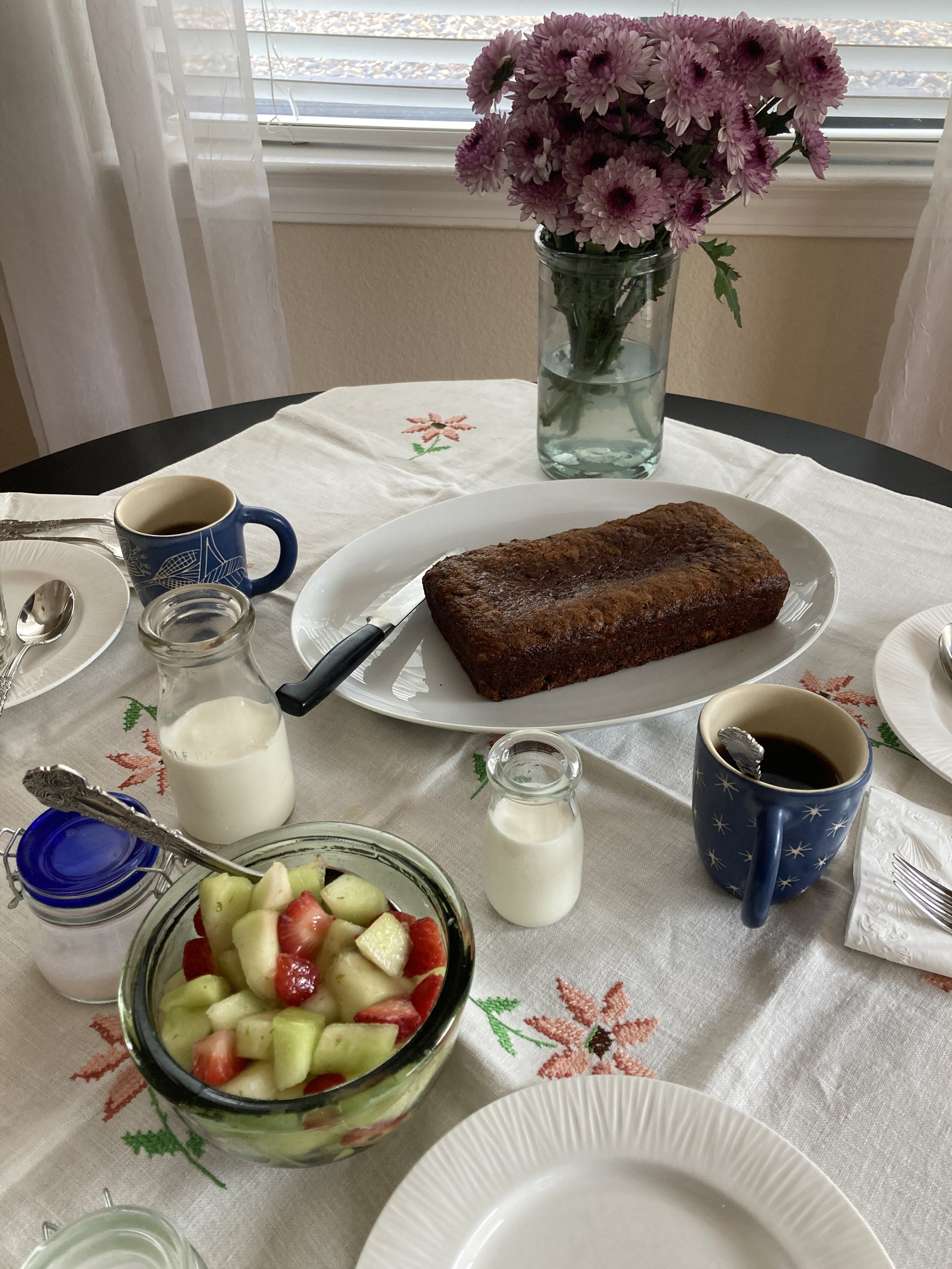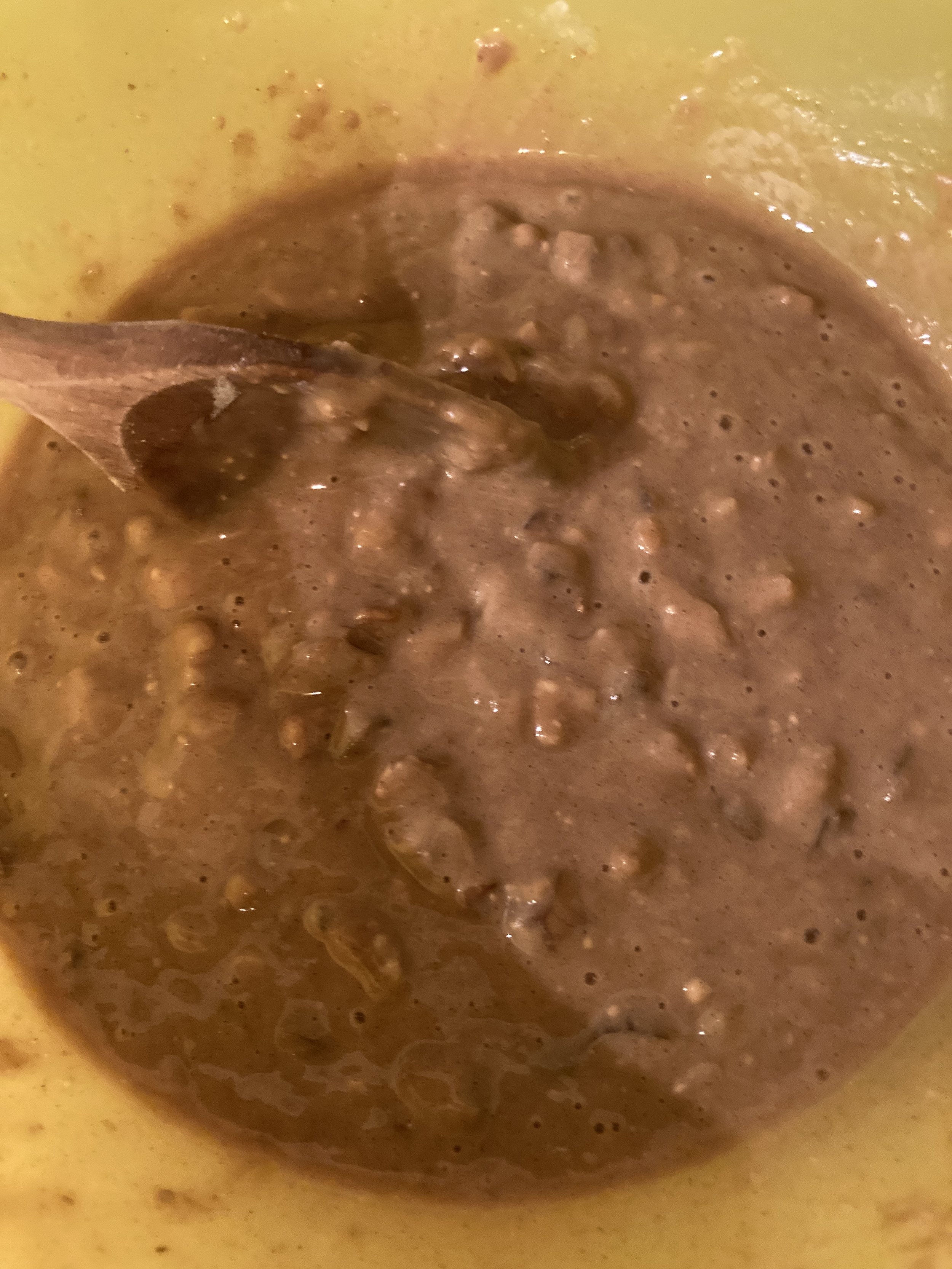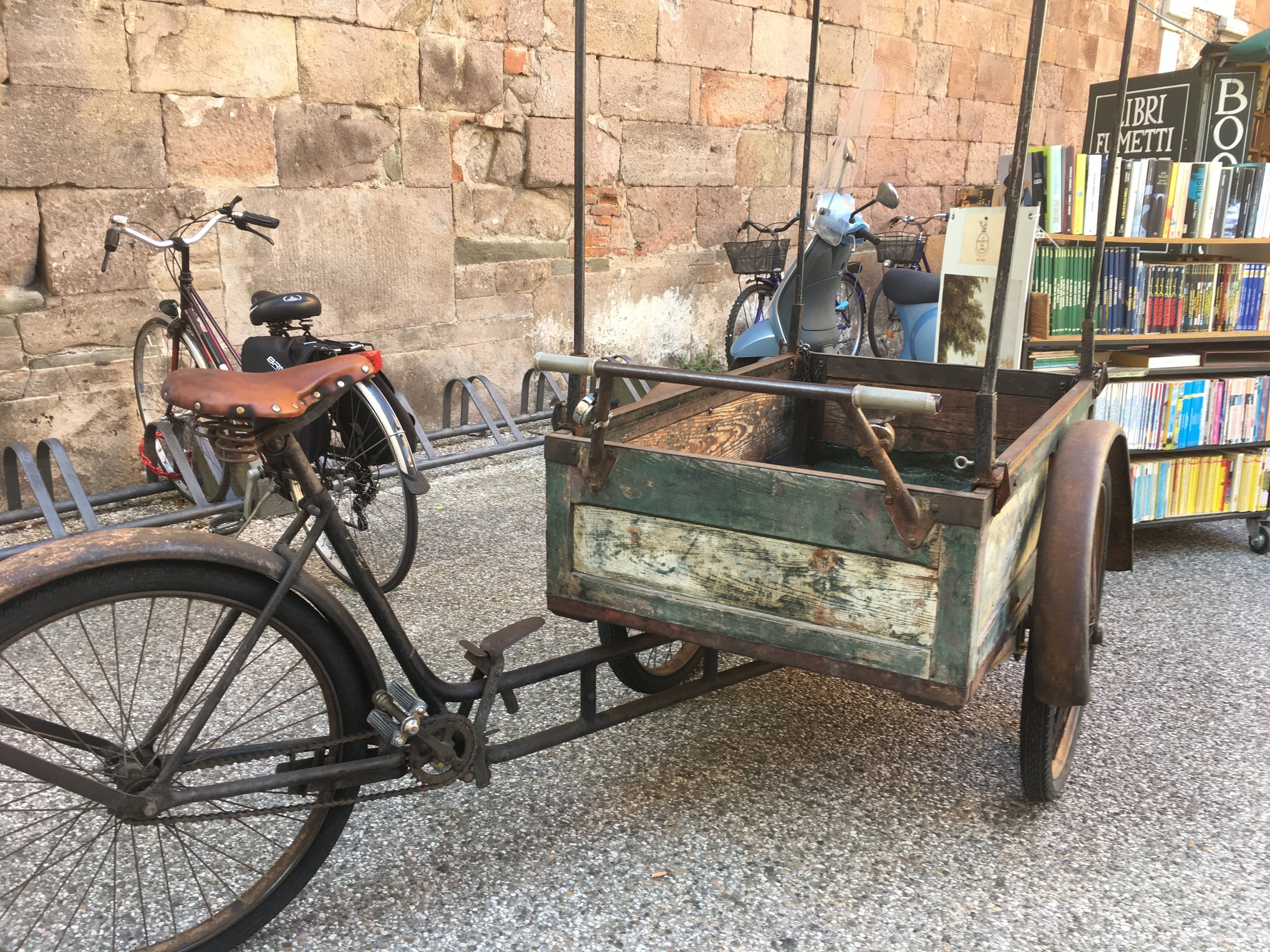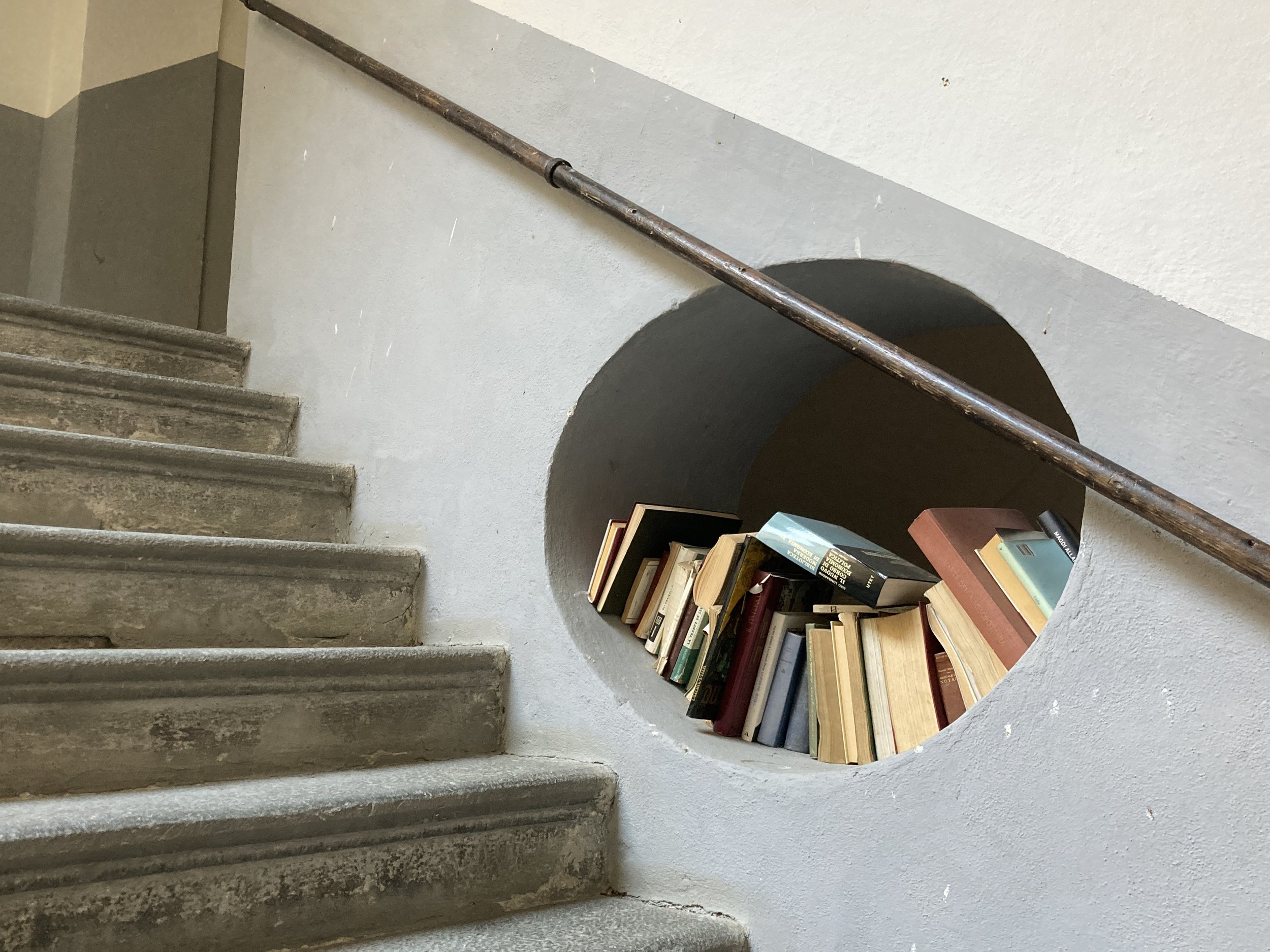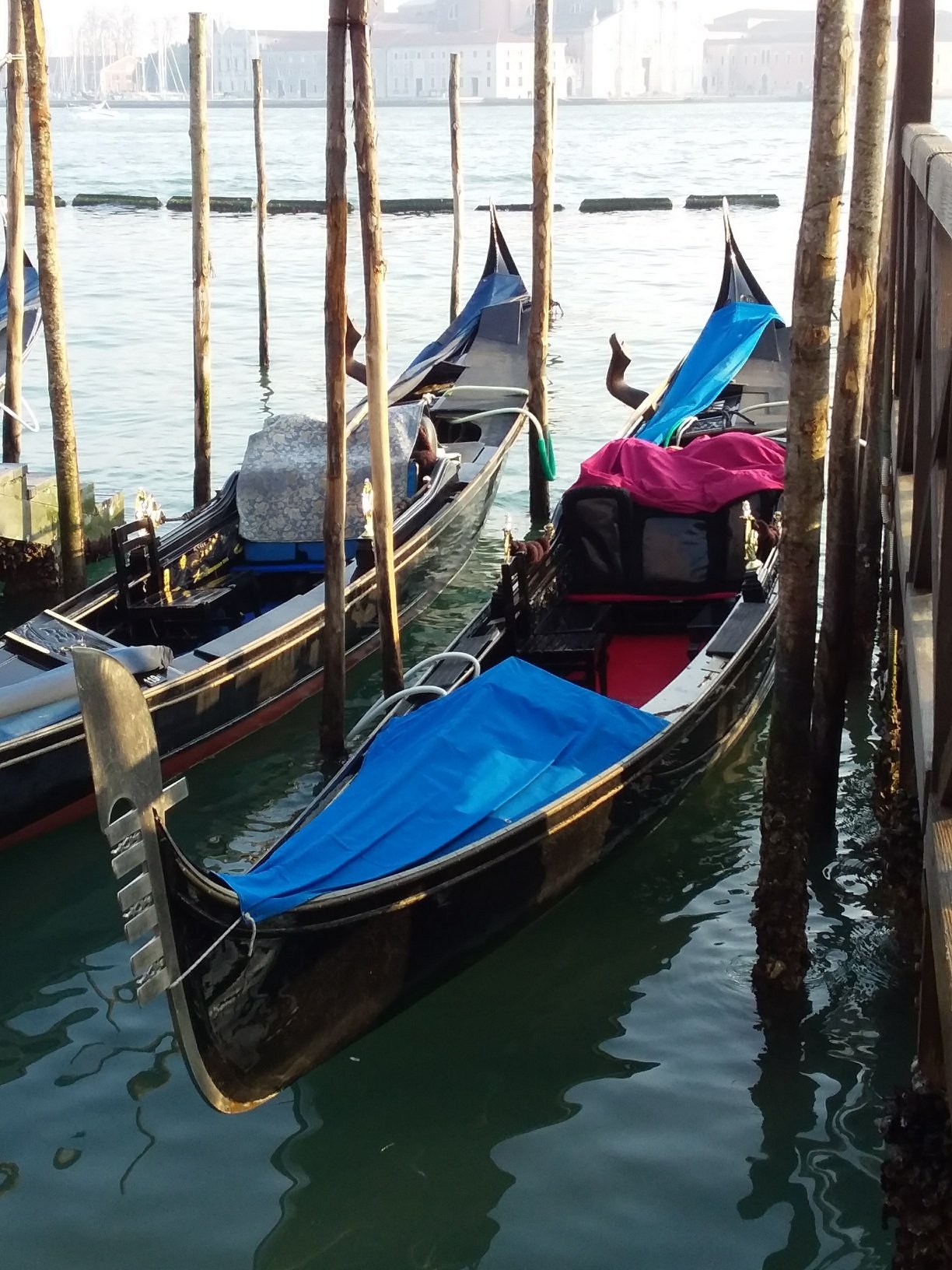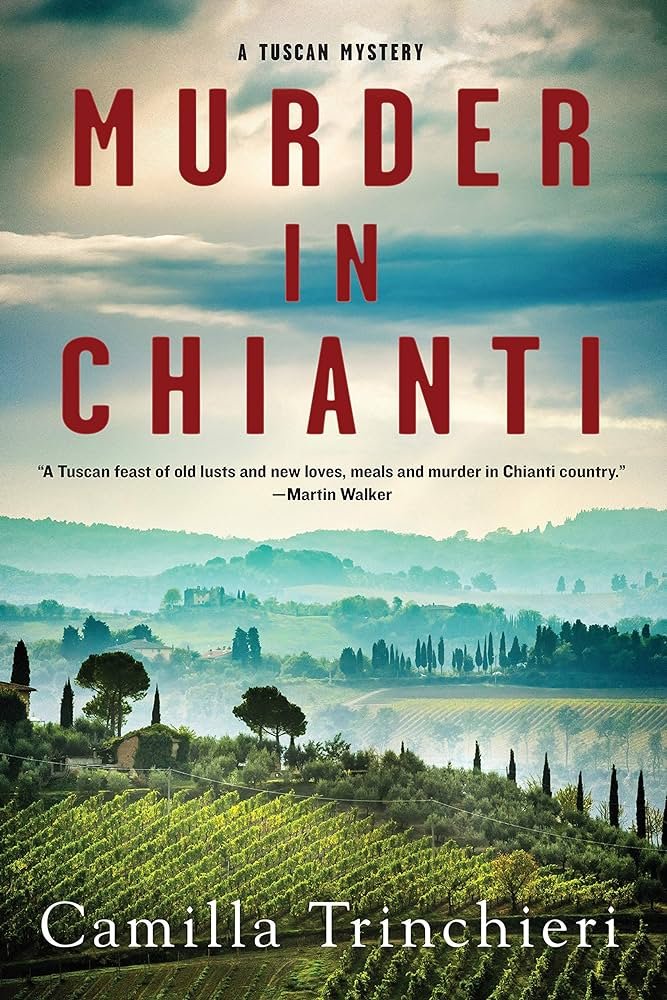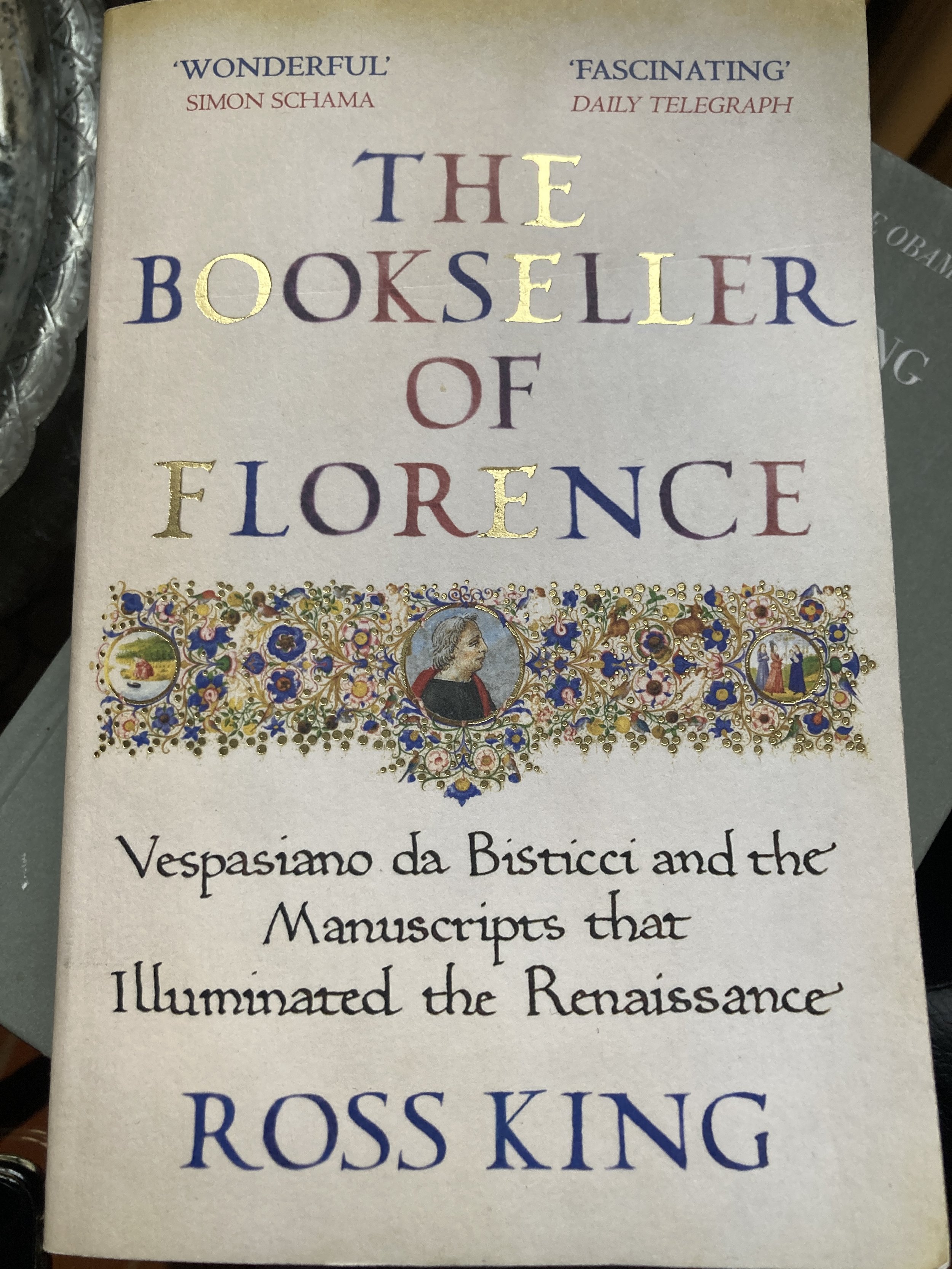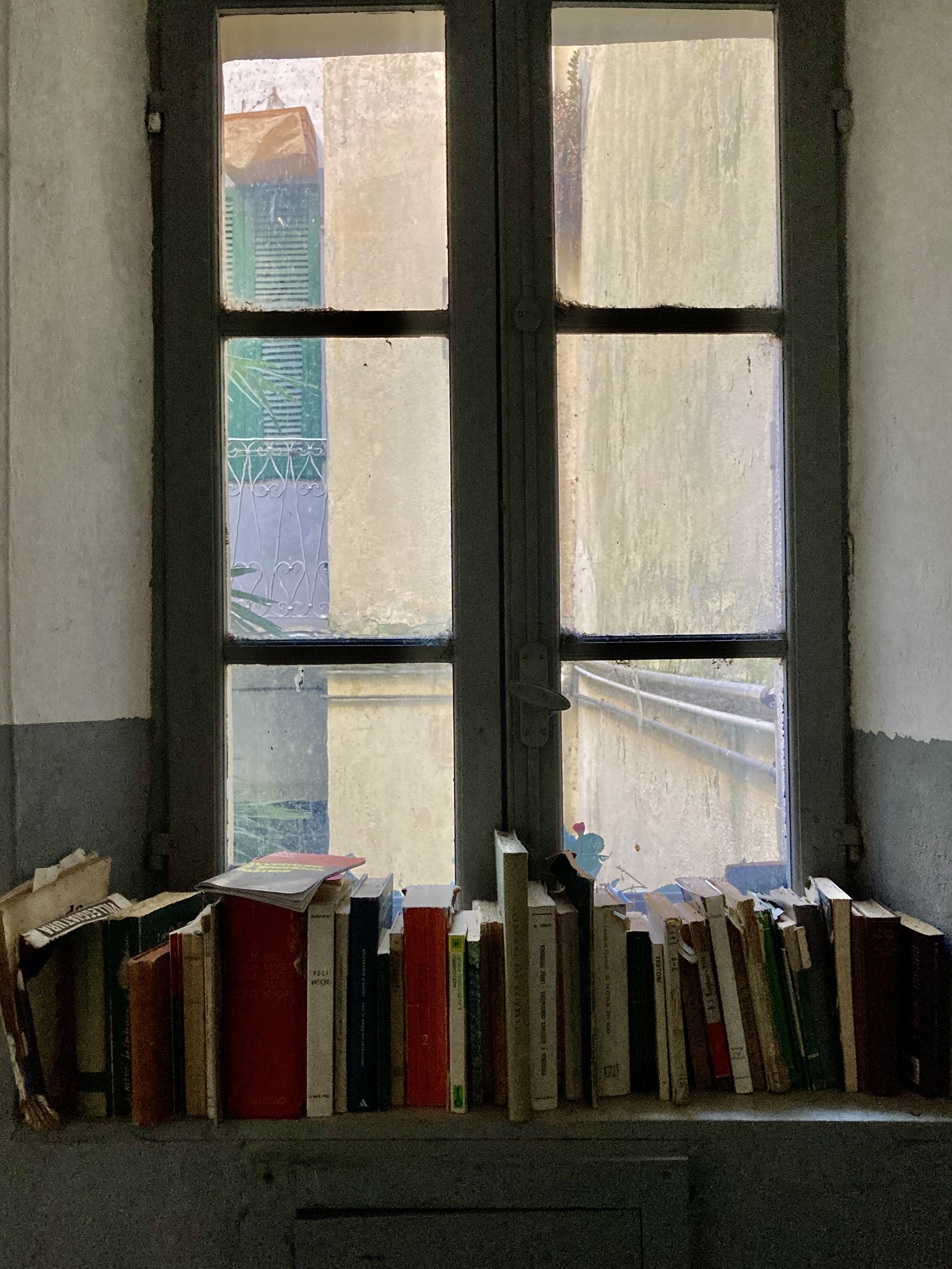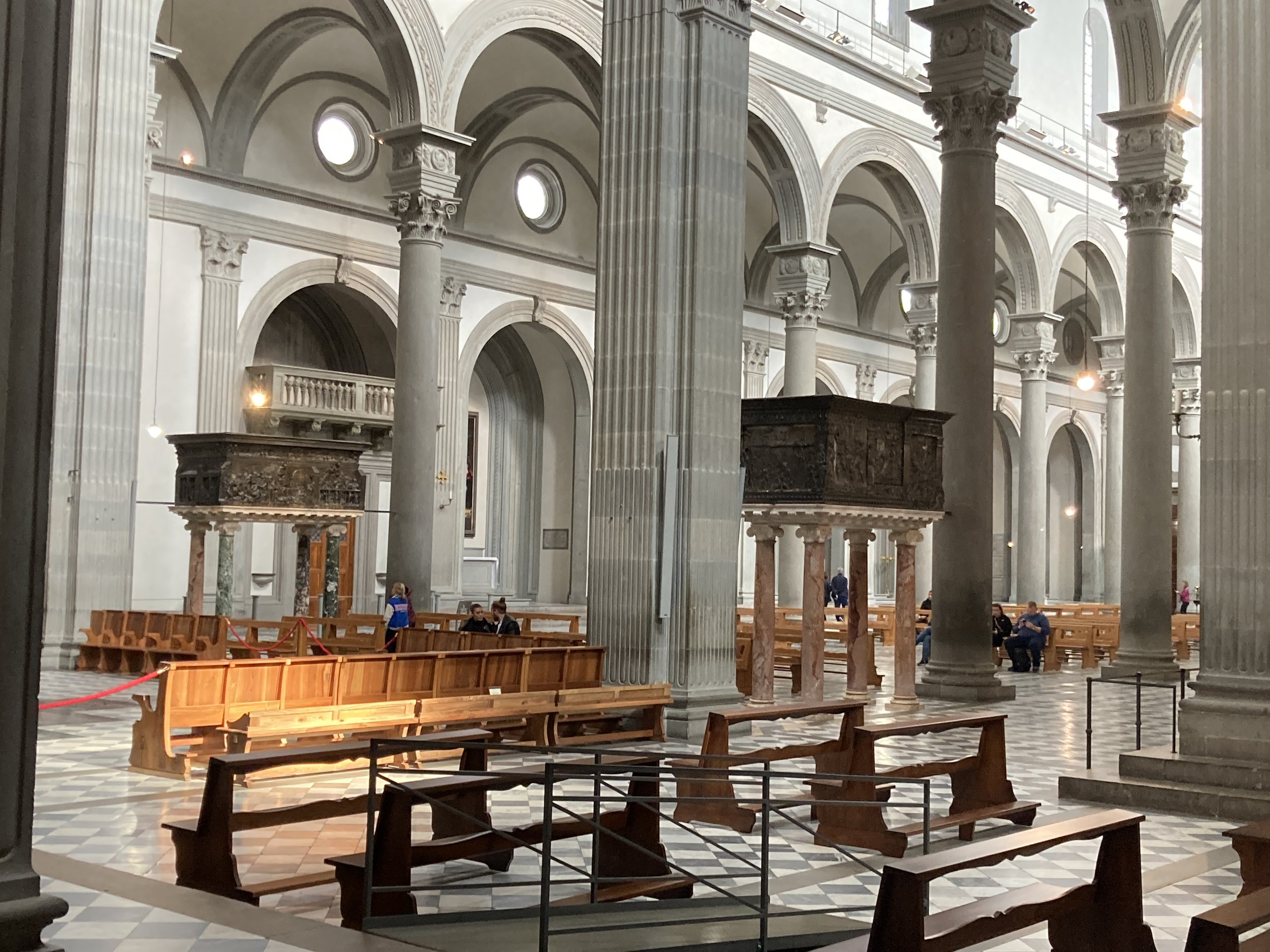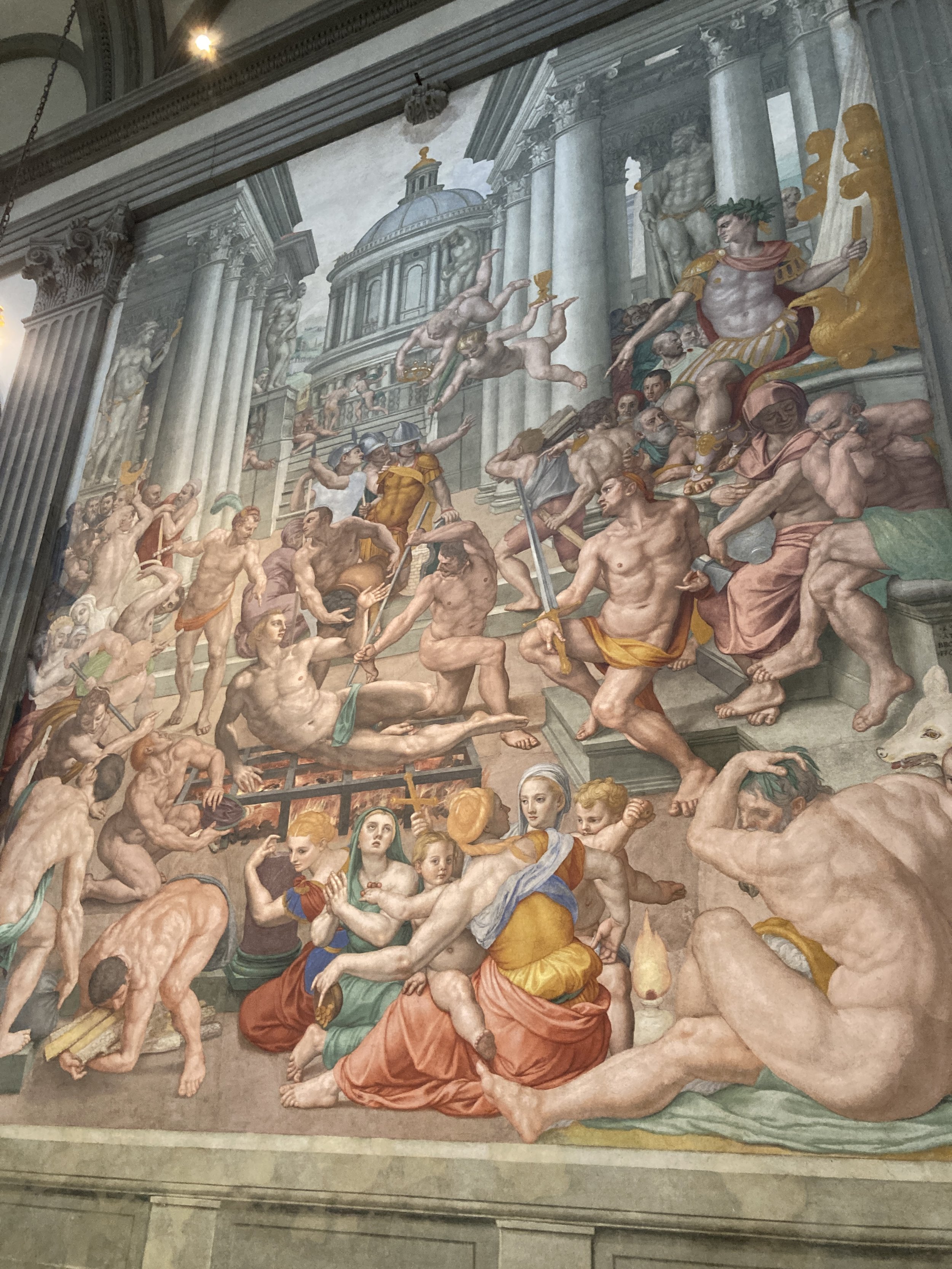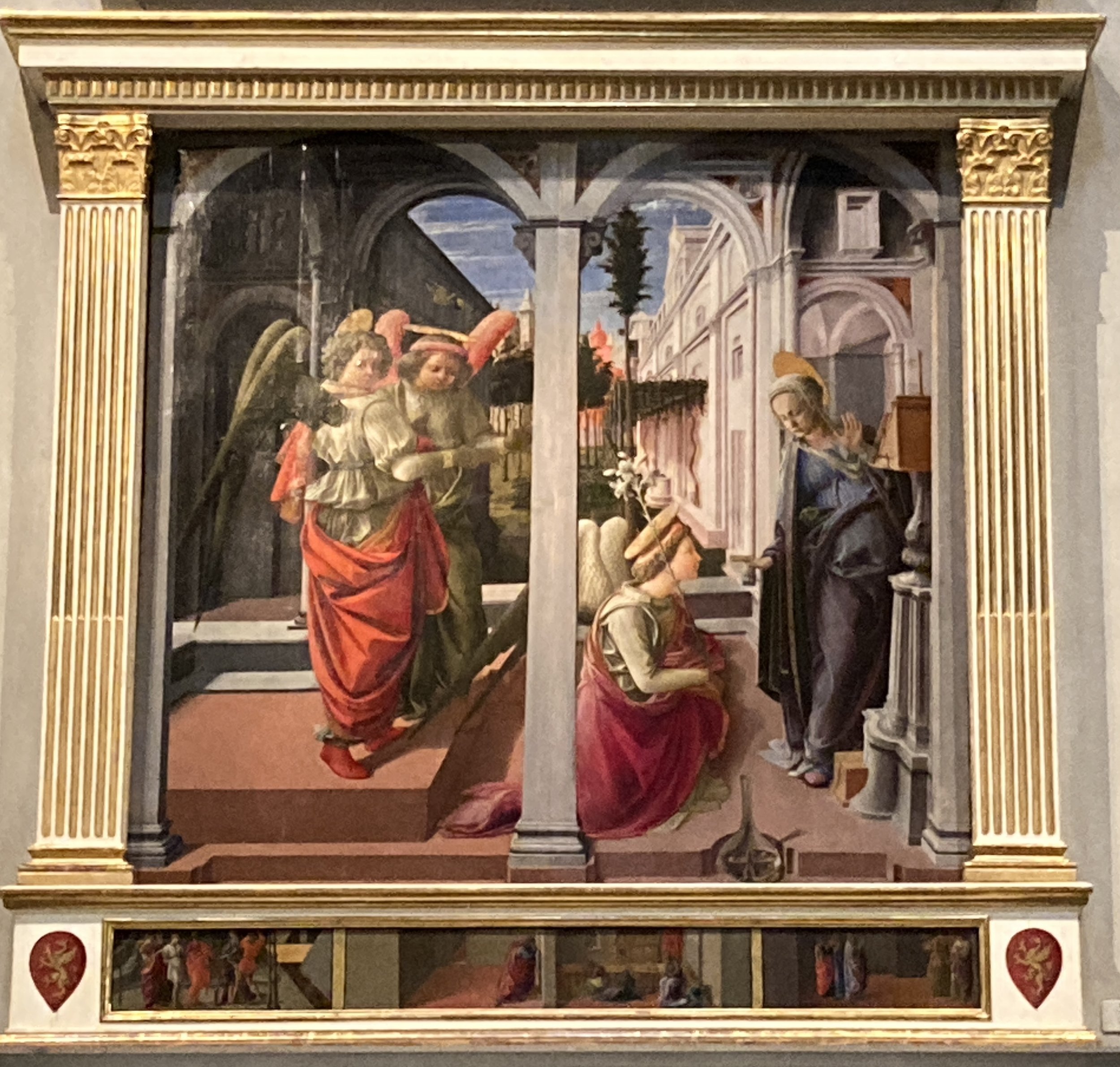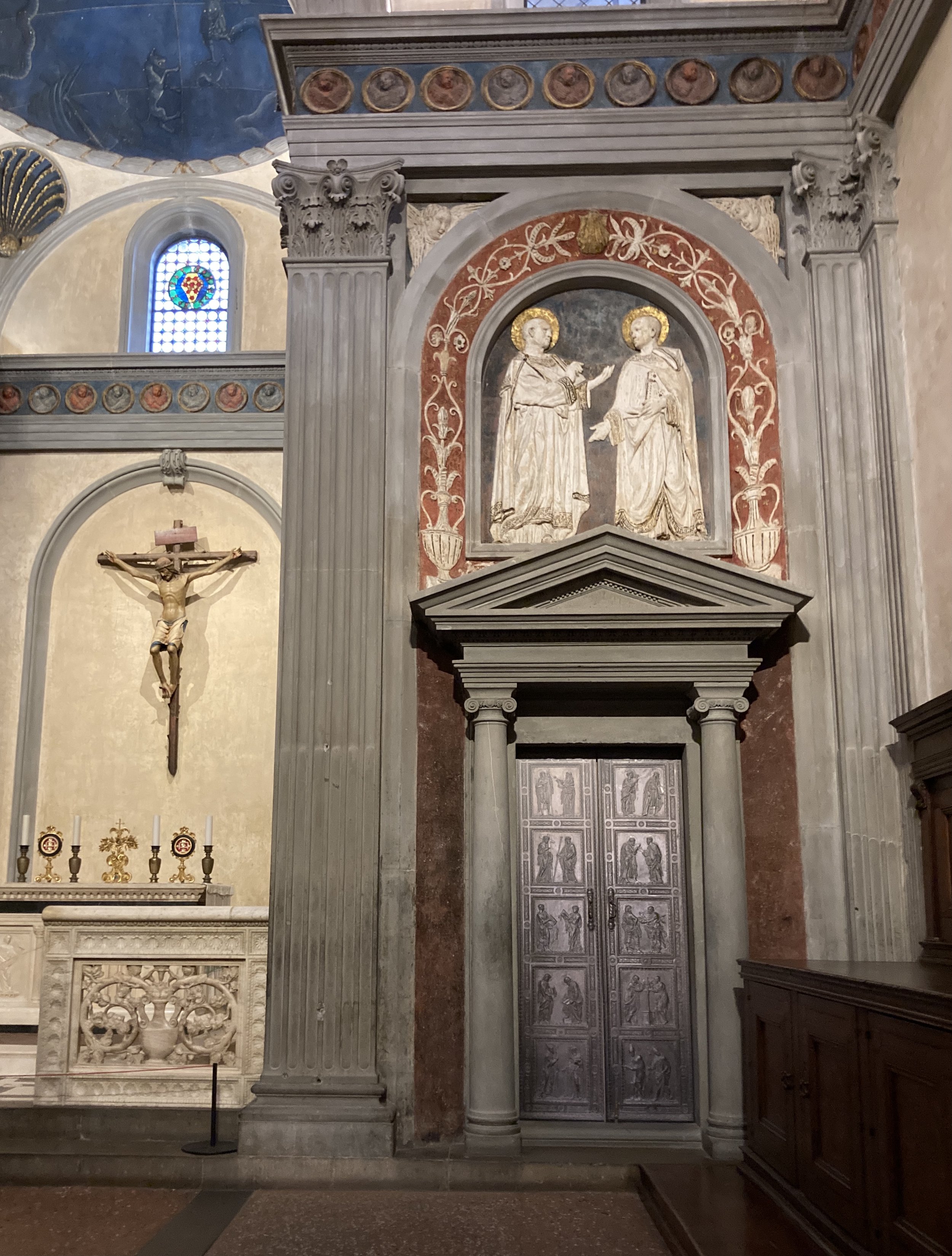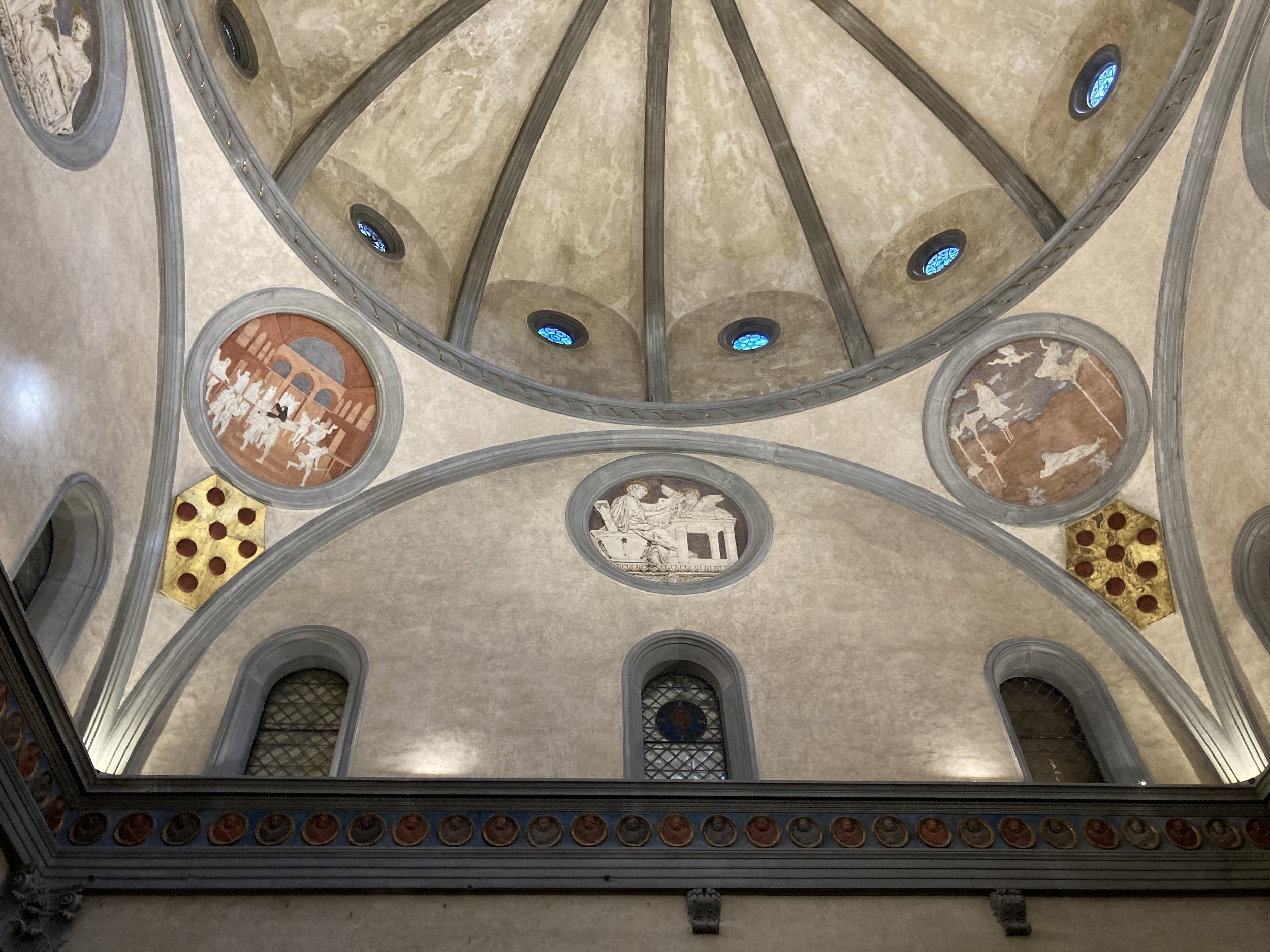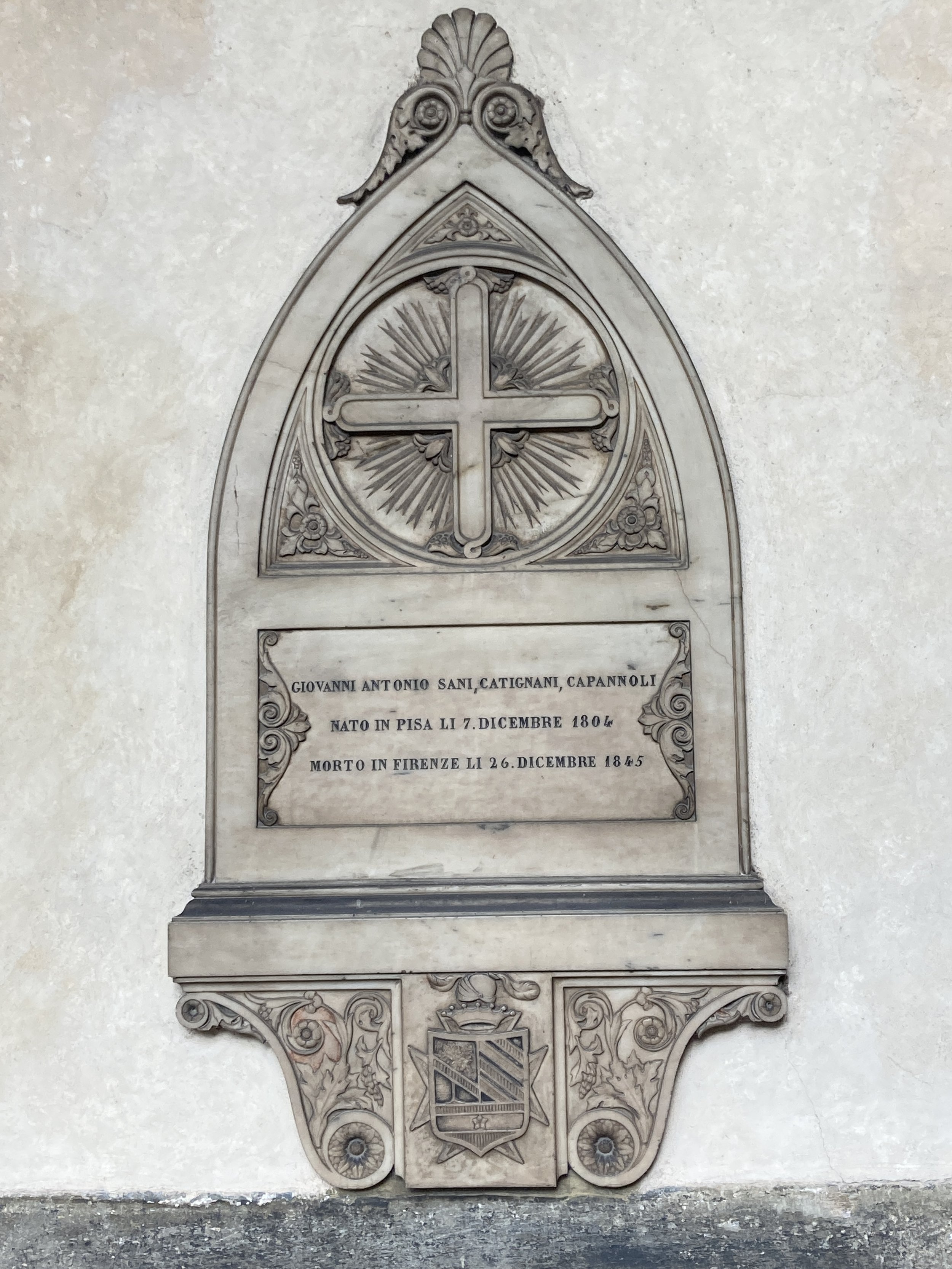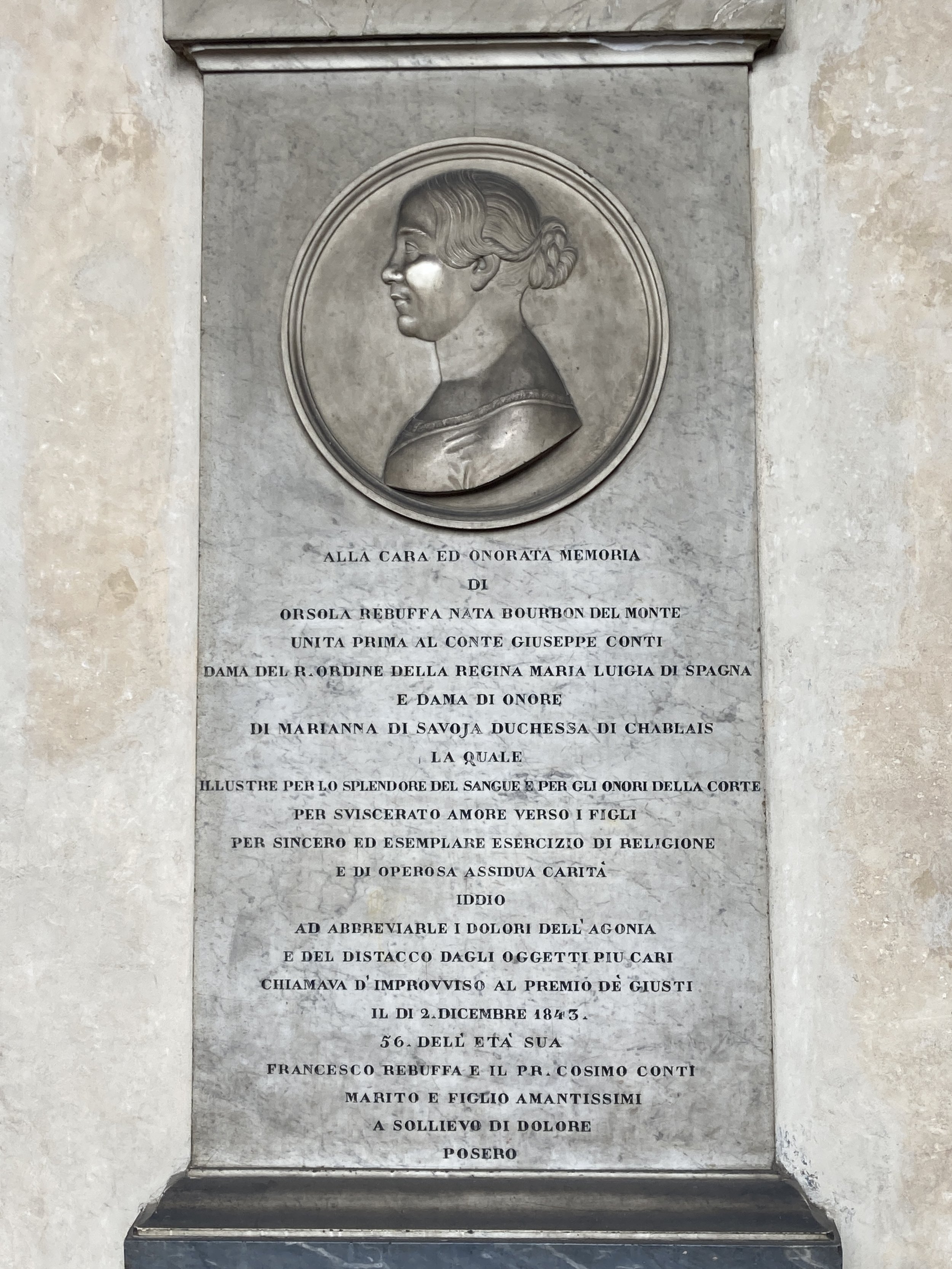Planning Spring and Summer Travel
The end of February, the longest short month of the year, is in sight. The last few days have been damp and chilly in Lucca. Today, there is a constant rain pouring down. That makes it perfect weather for staying inside and writing. I always forget that 50 degrees in Lucca, with its deeply shaded medieval streets, cold stone buildings, and dampness, feels a lot colder than 50 degrees in the sunshine and dryness of New Mexico. Add in some rain and the chill is inescapable.
And while the end of February may have us dreaming of warm weather, in Lucca we are still in scarfs and warm coats. But the desire to shrug them off and unpack a spring wardrobe is strong. I wouldn’t mind hanging up my umbrella either.
A summer vision along the Ligurian coast.
With spring just around the corner, and summer not that far behind, I have been daydreaming of warm weather, breezes coming off the sea, lake vistas, blooming flowers, and drinks on sunny piazzas.
The rainy days also have me looking through my cache of photos and daydreaming about past and future travel. It is time to get serious about planning some adventures for spring and early summer.
Living in Italy, the whole of Europe is within reach. The only problem is deciding where to go.
In the spirit of travel planning, today I will share photos of spring and summer European travel ideas. I hope they serve as inspiration as you daydream about your own spring and summer plans. They are definitely giving me some ideas.
I found that the daffodils were beautiful in the Netherlands the first week of April last year. It was a bit too early for tulips which were still a few weeks away.
Below (left to right) are some fun things to do in Spring within easy reach of Lucca: riding the funiculare up to Montecatini Alto, April in the Cinque Terre (before the summer crowds arrive), Montecarlo as seen from the old Fortezza, and Bagnone, a charming small town along the Magra river in the Lunigiana region.
The south of France is lovely in spring and early summer. This year I will avoid the Olympic crowds near Paris, but would welcome some time in the south. To that end, a Viking Cruise along the Rhône river from Lyon to Avignon is on my spring bucket list. Below: photos from the market in Uzès, a small village in the Languedoc region, and a wonderful place to visit.
Spain is another good spring and early summer destination. It is not a place I know well, but the time I spent in Barcelona a few years ago was memorable. I would definitely jump at the chance for a return trip. Some favorites, below: a panoramic view from the department store at Plaza de Catalunya, Park Guell, La Sagrada Familia Basilica, the Palau de la Musica
In the heat of summer, England and Scotland can offer a cooler get-away. Below top row: Chawton House and its gardens (perfect for fans of Jane Austen). Bottom row: the ruins of the chapel at Holyrood House and the famous Grayfriars Bobby Pub in Edinborough. Chilly even in August!
Back in Italy, a summer vacation at Lake Como brings hot temperatures and crowds, but gorgeous views and a chance to catch breezes while riding the boats that crisscross the water.
Lake Como is always a good place for spring and summer fun.
The Ligurian coast is a wonderful early summer destination - views, beaches, charming fishing villages, pesto, and fabulous seafood!
Camogli, a small fishing village on the Portofino peninsula.
Do you have other recommendations for spring and summer travel? Let us all know on the Two Parts Italy Facebook page.
Carousel, Marseille


